An Economic Theory of Everything
Angel Theory’s M-Systems
An Economic Theory of Everything
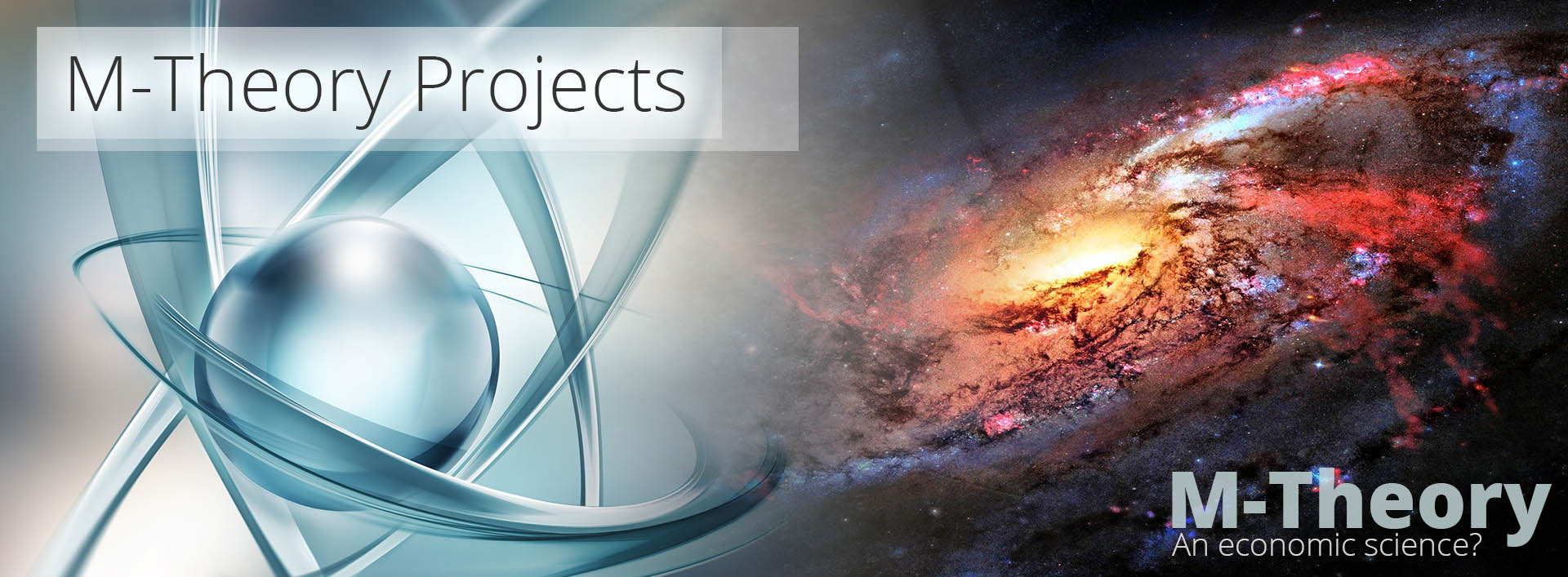
By Nick Ray Ball 19th November 2017
Book 2
The E-TOE – An Economic Theory of Everything
Part 2. Super Coupling and Beyond

Inspired by Sienna Skye
Step 8 (M-System 9). POP Part 2 – Super Coupling (2016 – 2017)
Within this step we apply an exercise relevant to all M-Systems, but especially M-Systems 2, 10, 11 and 14.
First, the objective is to show that with just one ‘D4’ standard S-World company and one basic rule, the result is that the S-World ‘D4’ standard company has the potential to grow and become all S-World ‘D14’ companies, engulfing the economy before ‘2080.’
Second, we present how (by having hundreds of millions of ways to form such a company) one way or another, by the time we get to 2080 and ‘Angel City 5, we will have succeeded in our desire to shape the future in a positive and beneficial way.
These hundreds of millions of ways to form S-World companies start their life as targets in the Angel City 5 2080 simulation, and becomes strings of opportunity sent back through time, from which via a process (not unlike renormalization) the results with the strongest probability of success become the first companies we create in our time.
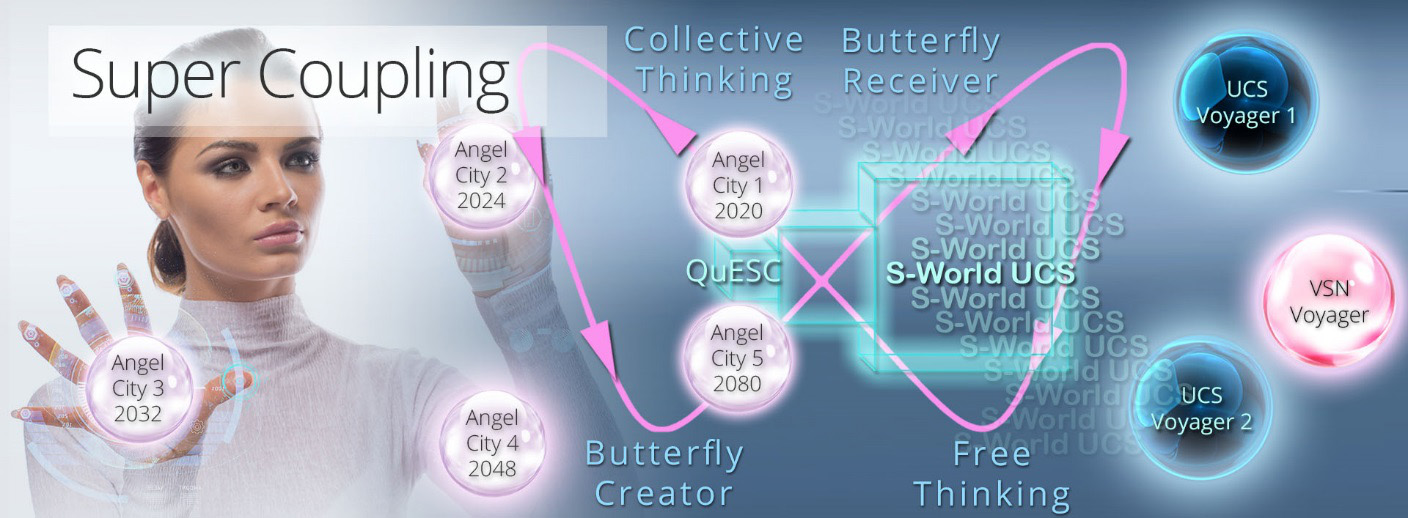
To be sure with ripple effects, the more the better and the further the time, the greater the number of ripples needed. We initially targeted thousands of ways to send back strings of opportunity and ripple effects through time back from Angel City 5 in 2080 to Angel City 1 in 2020. But because we pushed on past the target we now have a billion opportunities to work backwards from.
And as a basic rule, we seek to double the amount of companies and POP investment each year.

Super Coupling 1.01 – The Hawking-Green Equation
Within this step we apply an exercise relevant to M-System 2. ‘Ripple Effects and Elephants.’
Unlike Baby POP, which is used primarily for big networks of many companies, Super Coupling is a consideration for individual companies.
Originally called the ‘Hawking-Green Equation,’ as it was considered on a walk whilst listening to Professor Hawking’s ‘The Grand Design’ while considering Professor Michal Green’s string theory conundrum that (essentially) ‘a single string could in fact be the entire universe,’ per the Horizon documentary ‘How Small is the Universe.’
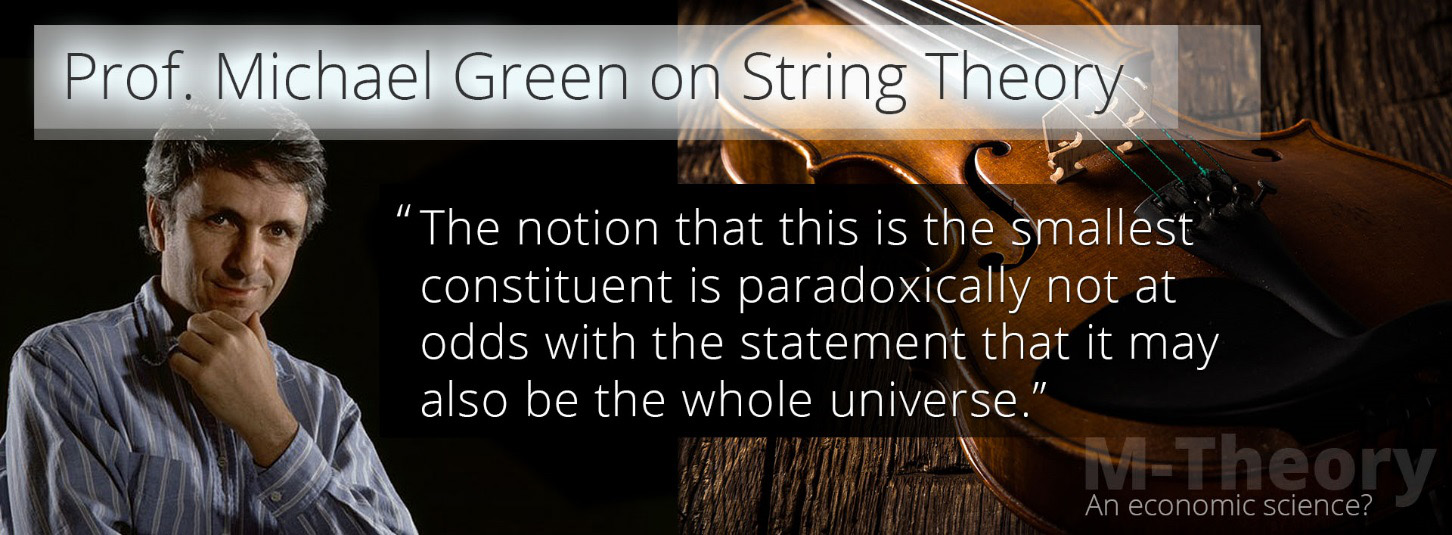
“The notion that this is the smallest constituent is paradoxically not at odds with the statement that it may also be the whole universe.”
Super Coupling 1.01 is POP without the train, a less rigid variation of the POP investment principle that see all sorts of different POP investment cubes across the world, investing into what seem like the most lucrative opportunities, but still working with POP points within the cubic financial gravity.
The thing about the ‘Hawking-Green Equation,’ that was in line with Green’s conundrum of how one could create the entire universe from a single string, was the simulation of ‘how a single company can engulf the global economy.’

When first applying this as a spreadsheet, it looked massive. And after a few explorations, the math showed that if a single S-World Villa Secrets company (can from its POP) overflow in its 3rd year onward, create enough POP investment to create 2 new companies per year, and each company it created followed suit; then…
So long as S-World had a solution for every business niche, the network of companies created could engulf the global economy before 2080.

It’s important to note that before we created this point, we applied as much effort as has been seen for all 15 other M-Systems into M-System 1 and Villa Secrets. Seen here at www.villasecrets.com and summarised at network.villasecrets.com.
Soon, a long and well detailed book called ‘The Villa Secrets Secret’ will be added and then summarised as an individual Angel Theory chapter; which amongst other things shows us that we can create one single company which can create enough investment to create 2 companies in its 3rd year onward, in fact in could create 4.
POP Super Coupling 1.01 – Spreadsheet – 67 years
The Hawing-Green Equation

This large spreadsheet is made from 15 separate screenshots. To see it in detail, right click and download the image. Or to download the original in Excel file, click here.
The Parameters are:
New Company 1st Year NC Y1
New Company 2nd Year NC Y2
New Company 3rd Year POP Y1
1 Rule Applies
When we see a POP Y1, we add 2 NC Y1’s per year. (In the 3rd year and onwards, each company makes 2 new companies.)
Coming full circle, back to my crazy 2011 equation which lead to the Mandelbrot fractal and POP, the quality of doubling every second year is similar. If one can double every year, or in this case every second year, eventually one will beat and engulf standard economics.
In this example, we start with a single M-System 1. Villa Secrets ‘D4’ ‘Standard Company’ with a POP point of $167,772.16 that invests its POP into 2 new companies each year, where after each new company follows suite. And by 2080, this creates over 17 billion potential companies and a potential GDP of 11.5 gazillion dollars, beating a 3% inflated GDP target of half a gazillion in 2080 by 20 times.
Of course there are a million reasons why it would not work out. However, if you are starting with a billion opportunities, a trillion variables, and a gazillion ripple effects; the probability of success is high.

Since its conception this system has many physics influences beyond Professor Michael Green’s string theory.
At first as it was so explosive, a big bang inflation simulation was considered; but on examination and in particular from Professor Hawking, Super Coupling was found to be a lot less explosive than inflation.
So next, care of Professor Edward Witten (whose video is unfortunately no longer online) and Dr Amanda Peet’s ‘String Theory Legos for Black Holes:’ www.youtube.com/watch?v=MlDd2HtFfPU, came the idea of relating it to high string coupling.
At which point a book containing 10 chapters was written and added to AngelTheory.org:
POP Super Coupling and Angel POP
For Doctor Amanda Peet
By Nick Ray Ball from December 2016 to January 2017
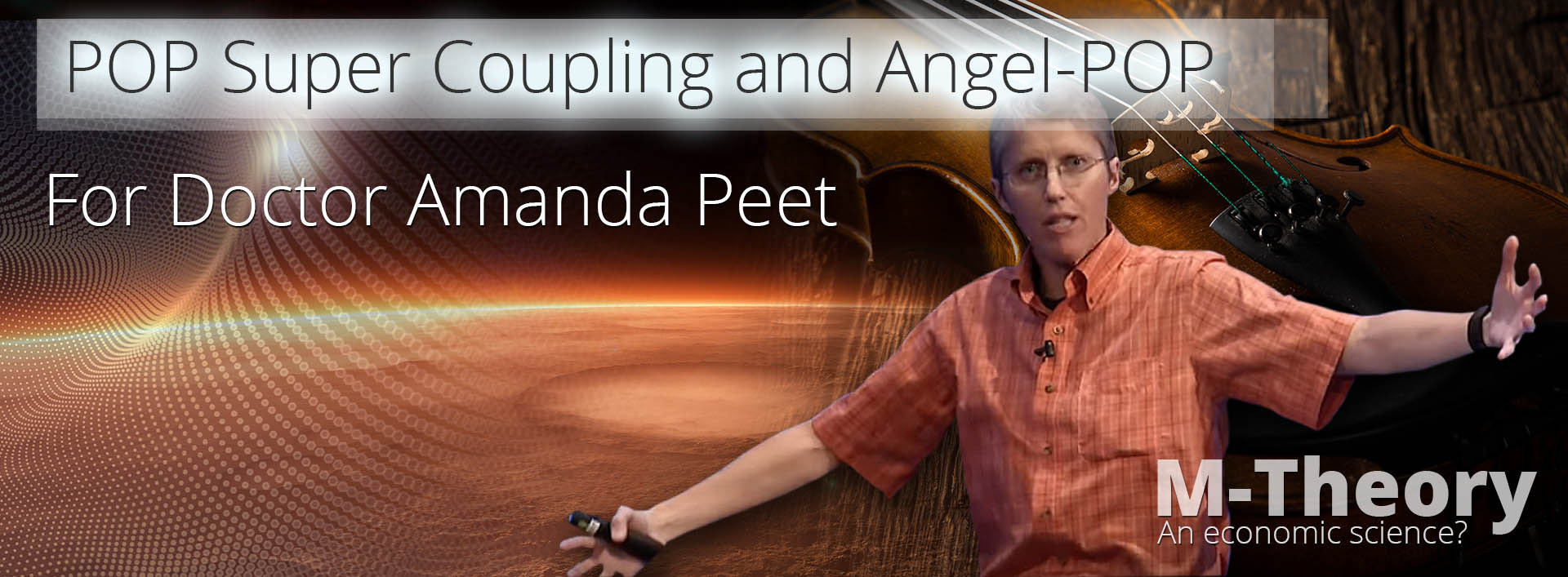
www.AngelTheory.org/m-systems/pop-super-coupling-and-angel-pop-for-dr-amanda-peet-6-01
In which we realise we should not use high string coupling as it has no experimental equivalent. But we could instead consider a low string coupling simulation; where instead of many membranes (which in physics are simplest considered as universes) we simulate many businesses, and the quality that simulates the low coupling strength is the low amount of unmotivated paid by the hour staff vs. profit share rewarded stakeholders, which is one of the primary reasons why S-World business are set to be superior in the first place.
Consider… a business of 10,000 staff of which 1% are profit share or otherwise motivated vs. an identical network of companies that also has 10,000 personnel of which 50% are equality owners.
If given equal or superior systems, it is human nature for a large network of small owner-led companies to thoroughly outperform a large company of mostly paid by the hour unincentivized staff.
This ‘owner-led’ advantage was originally written as the character ‘Ѳ’ (O line-through) within the original Susskind Boost equation, but has now been converted into the ‘gs’ within the POP Super Coupling Basic 1.01 equation:
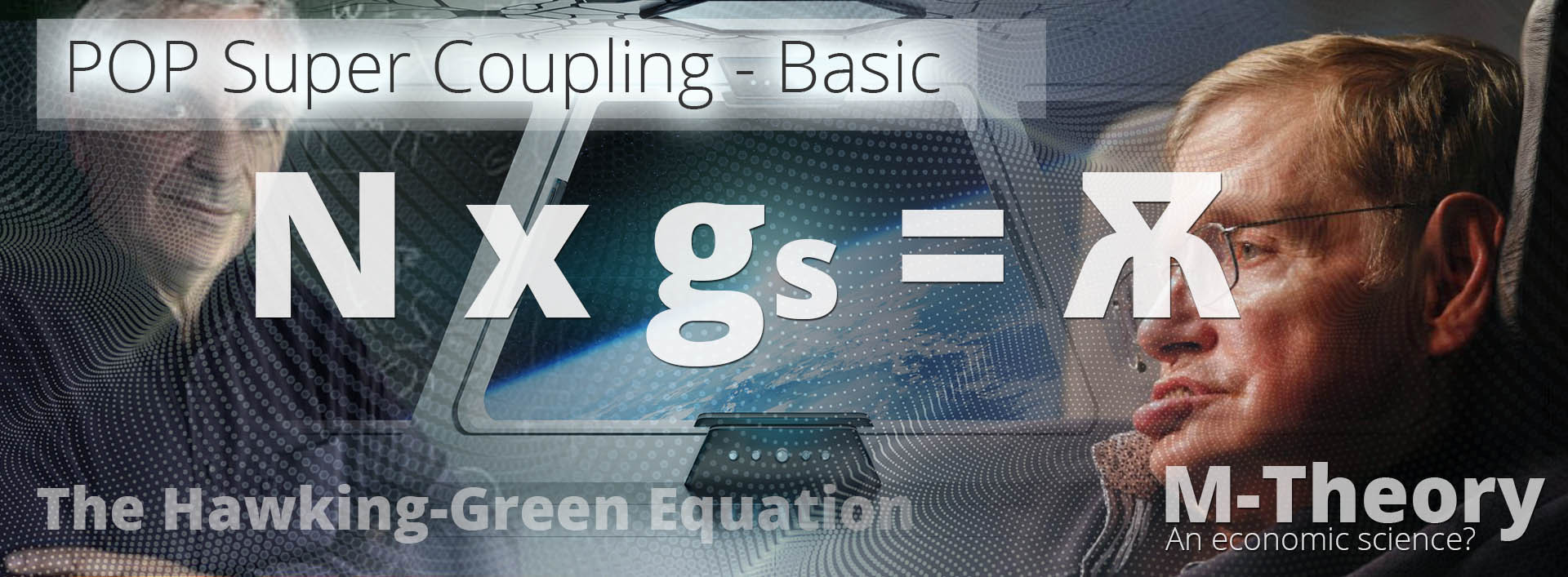
N x gs = Ѫ
In this equation, the network character ‘Ѫ’ equals POP investment in the network. The ‘N’ changes from M-theory ‘branes’ to S-World ‘companies,’ and the ‘g s’ changes from coupling strength to the amount of motivated vs. unmotivated personnel, where a high amount of unmotivated personnel equals a high ‘gs.’
So, for example, a company that is completely comprised of profit share personnel may have a ‘g s’ of 1/10; and if so we might increase a projected 3-year forecast by 20%. Then a company with a 50/50 ratio of profit share personnel would have a ‘g s’ of 2/10 and no difference, where as a company of 25% motivated staff vs 75% unmotivated may have a ‘g s’ of 3/10 and so we decrease the projected 3-year profit forecast by 20%. Where after the higher the percentage of unmotivated staff, the higher the ‘g s’ and the higher the penalty we would apply to a 3-year profits forecast.
At this point we are only interested in creating companies with a ‘g s’ of 3 or less.
This makes a lot of sense, and it is the backbone of why we expect to outperform other business.
And it becomes a very compelling answer to the question: ‘How can we advance human potential and promote equal opportunity?’ (as both are served by this system).
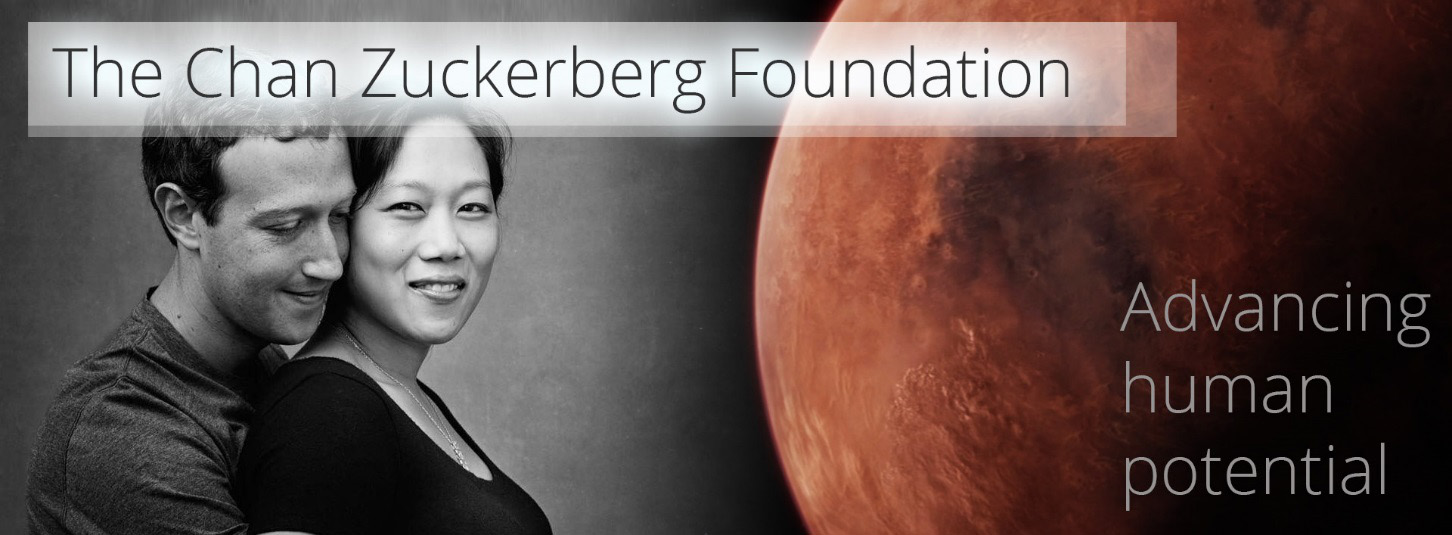
Which is why we are approaching the Chan Zuckerberg foundation first, alongside Sir Richard Branson’s Virgin Unite.
Thus, we are simply saying the amount of companies ‘N’ x their ‘gs’ (the companies low amount of unmotivated staff) equals their POP investment. However, the equation is not complete as each company POP point needs to be calculated or estimated individually; but as a quick way to make an approximation and see how big this thing can be, the simple ‘N x gs = Ѫ’ (network POP investment) will surface at this time.
Next, we add the string theory and the M-Systems that maintain the structural integrity of the POP generated financial gravity:
The Susskind Boost effects and boosts the financial output of all M-System 1’s companies. This is its algebraic variable equation
Ŝ = (Ḡ x ₰) Ť + Ŵ + Ƈ + Ḿ + ( Ř + ϒ) + Ð + Ð2>9
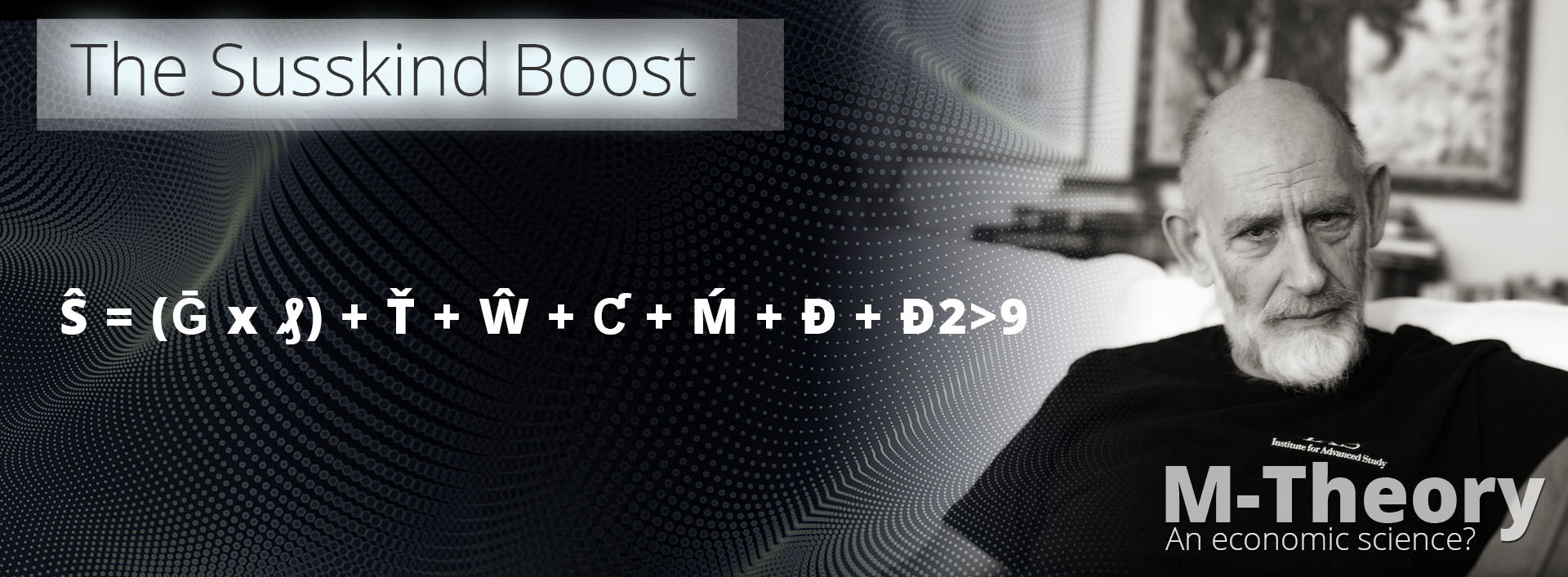
Where Ḡ = Gross Profit and the (electric s) ₰ = is the S-World TBS™ (Total Business Systems) which so far for Villa Secrets creates 81 different ways to make money, save money or avoid landmines, many of which are unique.
Where after we add different boosting opportunities: Ť = Tenders or agency contracts, Ŵ = Additional Websites, Ƈ = Contracts &/or Mandates, Ḿ = The Marketing Multiplier, plus there are newer factors to add such as Ř = higher ROI advertising opportunities, and a (sort of palm tree Y symbol) ϒ = which accounts for network credits being pushed a company’s way.
Then from M-System 2 we add the dimension ‘Ð’ and the Ast⇔Bst which calculates the ripple effects from other businesses in the local network, and after in Ð2 to Ð9 and beyond we calculate the effects from other strings and ripples in the greater network.
We then see the Susskind Boost as the gross profit of each company multiplied by whatever boosting is applied to it, so adding the ‘x Ŝ’ (S-Hat Symbol) to the basic super coupling equation.
Making ‘N’ for the amount of companies, multiplied by ‘gs’ for the amount of incentivized personnel, multiplied by ‘Ŝ’ the Susskind Boost boosting profits, equals Ѫ POP investment in the network and special projects.
N x gs x Ŝ x = Ѫ
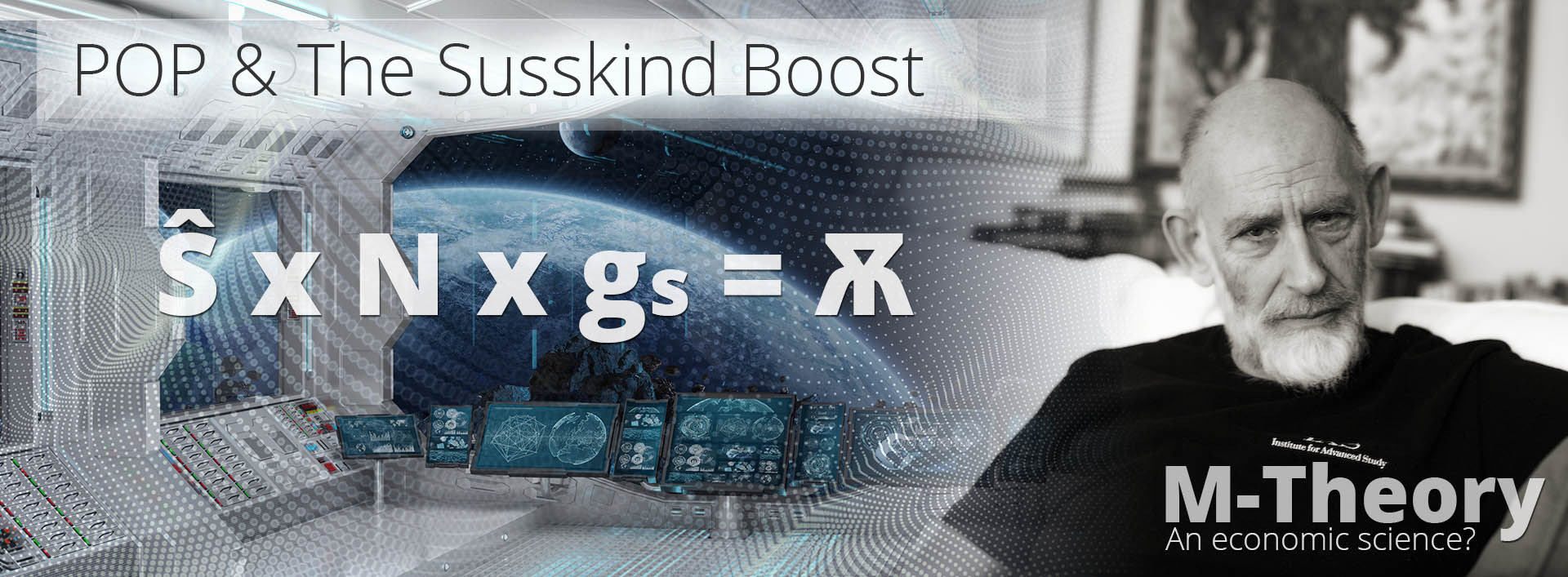
Again, this equation is an approximation as there are many different ways to boost, some like ₰ (the electric S) (The Total Business Systems) will become multipliers of additional revenue, and others like tenders will be an additional income. Then we follow Professor Susskind’s words:
‘We boost the hell out of the system along the Z axis (gross profit) until every single particle (company) has a huge momentum.
If there is any particle (company) that is going backwards along the Z axis (gross profit), you just have not boosted it enough.
Just boost it some more until it’s going forward with a large momentum.’
To apply this to the network, we change a particle for a company and the Z axis to gross profit. And in general, we always boost the weakest companies in the network until they are going forward and are creating a healthy POP investment.
The Susskind Boost helps maintain the integrity of the financial framework’s gravity by keeping the POP points all positive, so 64 out of 64 per cube. But if this is not enough, we call on M-System 0 the GGW-String to provide additional revenue for The Peet Tent to provide additional funding for the Susskind Boost.
Next, we apply M-System 4. The Peet Tent
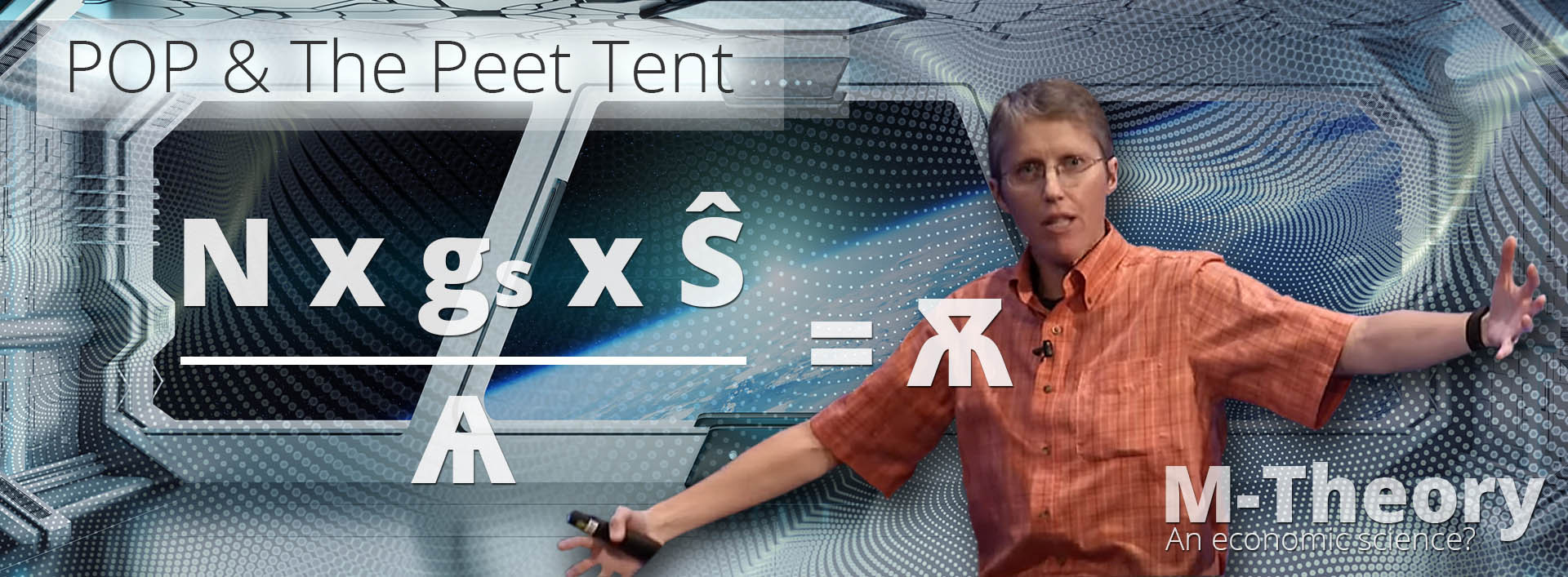
In general, Ŝ the Susskind Boost is good as an overall multiplier, and Ѧ the Peet Tent is good as a good overall limiting variable, for finding areas where the law of diminishing returns applies and other negative factors.
Above we have represented it as a division, albeit in practice one can have a very good Peet Tent and the Ѧ Peet Tent character jumps up to the top line of the equation so…
N x gs X Ŝ x Ѧ = Ѫ
In 2012, ‘The Peet Tent’ was first inspired by Dr Amanda Peet’s lecture String Theory for the Scientifically Curious in which Peet presents a string version of a Feynman diagram and explains how this makes string theory very economical.
The Peet Tent itself is an idea from a simulation of a String Feynman diagram where there are many places when an event can occur, and this leads to being able to accept the wildly diverging quantum calculations within the smooth realm of general relativity. So, making a quantum theory of gravity and ultimately creating the theory of everything.
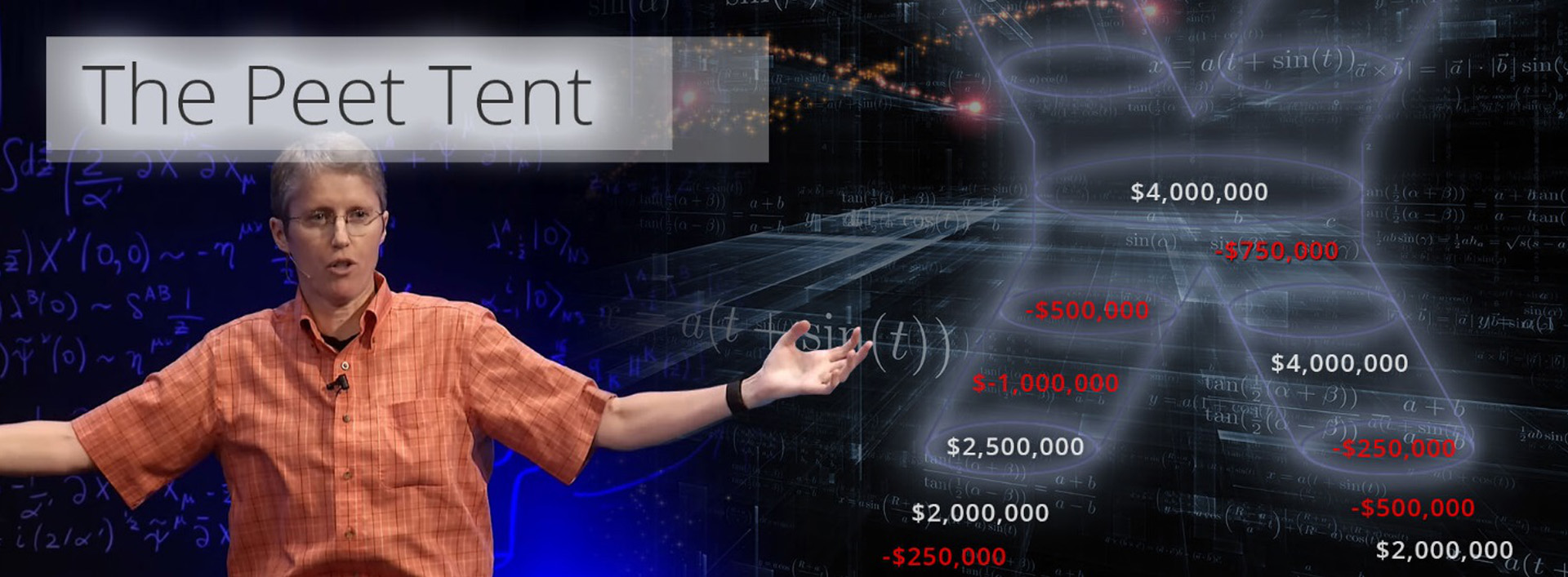
We simulate this by creating the network in such a way that any individual company within can have any financial result and still be in the game. If a poor result occurred, we can assign money from the GGW-String (that all contribute to) and boost the company back to health and profitably, maintaining the fabric of the financial network (as all 64 out of 64 companies in each 64-company strong network super cube are exceeding their POP points).
The Peet Tent & Quantum Safe Forecasting
From American Butterfly Book 3: ‘The Network on a String,’ The Peet Tent is a shape of the S-World string that protects companies from failure within the network. Plus, QSF or ‘Quantum Safe Forecasting’ borrows from the Heisenberg uncertainty principle, making safer forecasts.
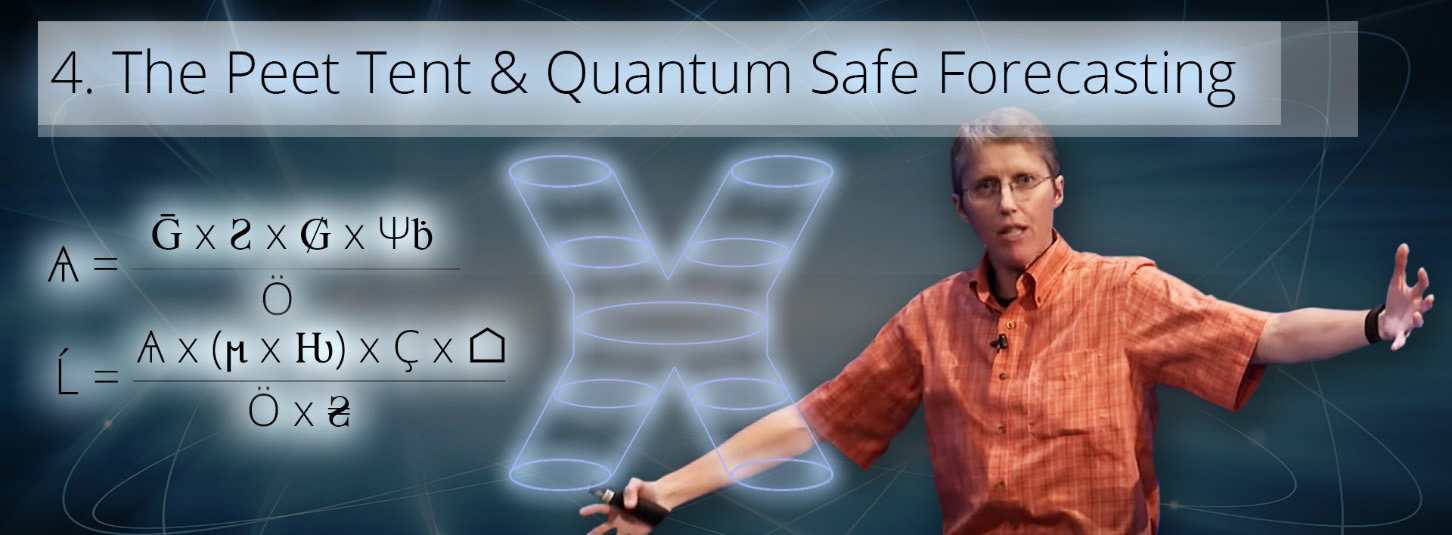
I shall not go into the algebraic math here; other than to say that in the top equation, the first 3 charters are different limiting variables, based on the Heisenberg uncertainty principle where simply by adding limiting variables, we increase the probability of matching or exceeding our POP targets.
And that in the second equation, we primarily look at the advantages and disadvantages of different locations.
This set of equations still needs quite some work, but the principle is that it looks for uncertainties, and only when few are found does it allows an S-World company to be created.
The Peet Tent and ‘Quantum Safe Forecasting’ create a worst-case scenario, and adjusts for different locations, different sized marketplaces, and different base costs. As seen in the next graphic, companies that pass the test move forwards to M-System 5 and beyond, and others move back to M-Systems 3, 2 and 1 to try again.
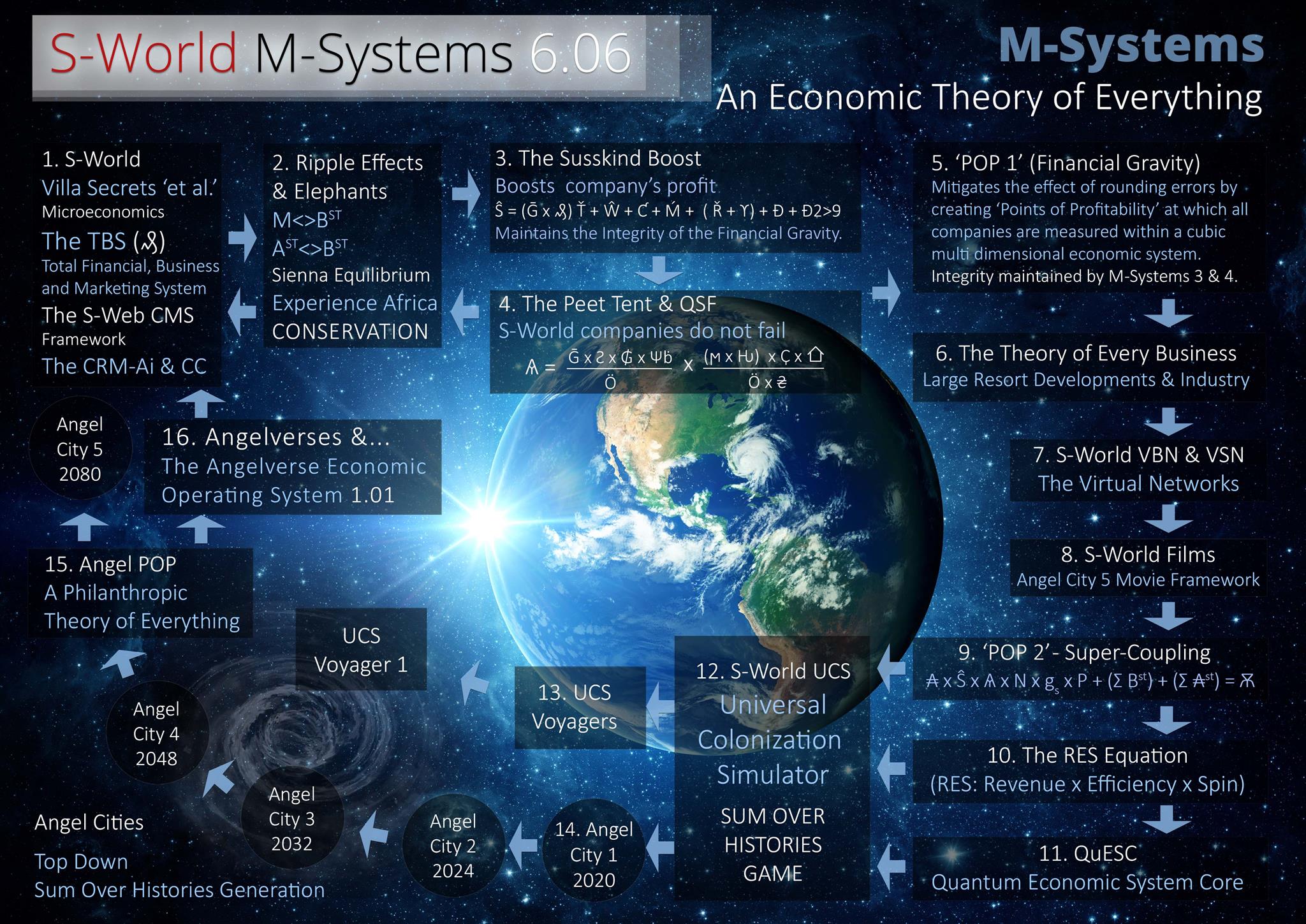
The Sum Over B-Strings
Next comes the sum of POP profit created by all the new companies created by the POP process.
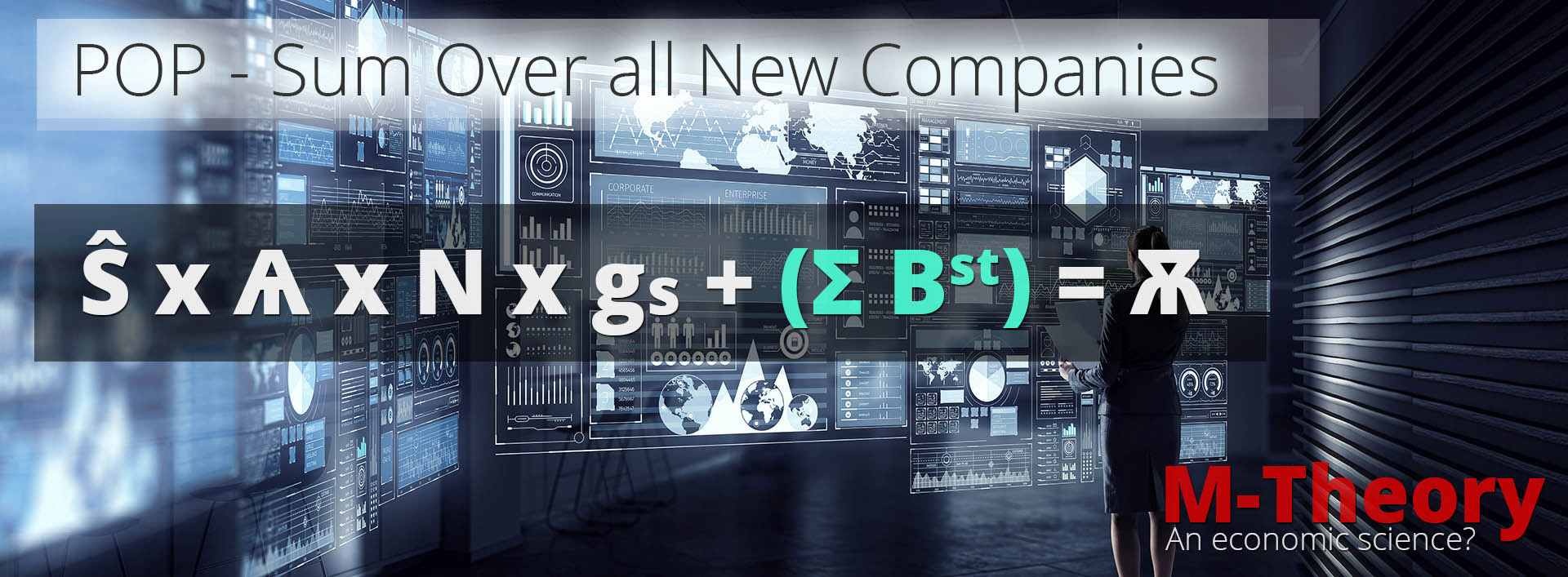
For this we present new companies created as ‘Bst’ from my simple ‘Mother and Baby String’ equation M<>Bst ‘(pronounced ‘the M and B string,’) which was the foundation for M-System 2. In which ‘M’ is the mother company or network and ‘B’ is the baby produced and ‘st’ is the extended family, where the back and forwards arrows <> are the iteration created between the family unit.
This equation was later more practically adapted to Ast<>Bst (A string B string) which seeks to calculate the advantageous ripple effects of one company on another, and after on all companies on each other.
The Hawking-Green Equation
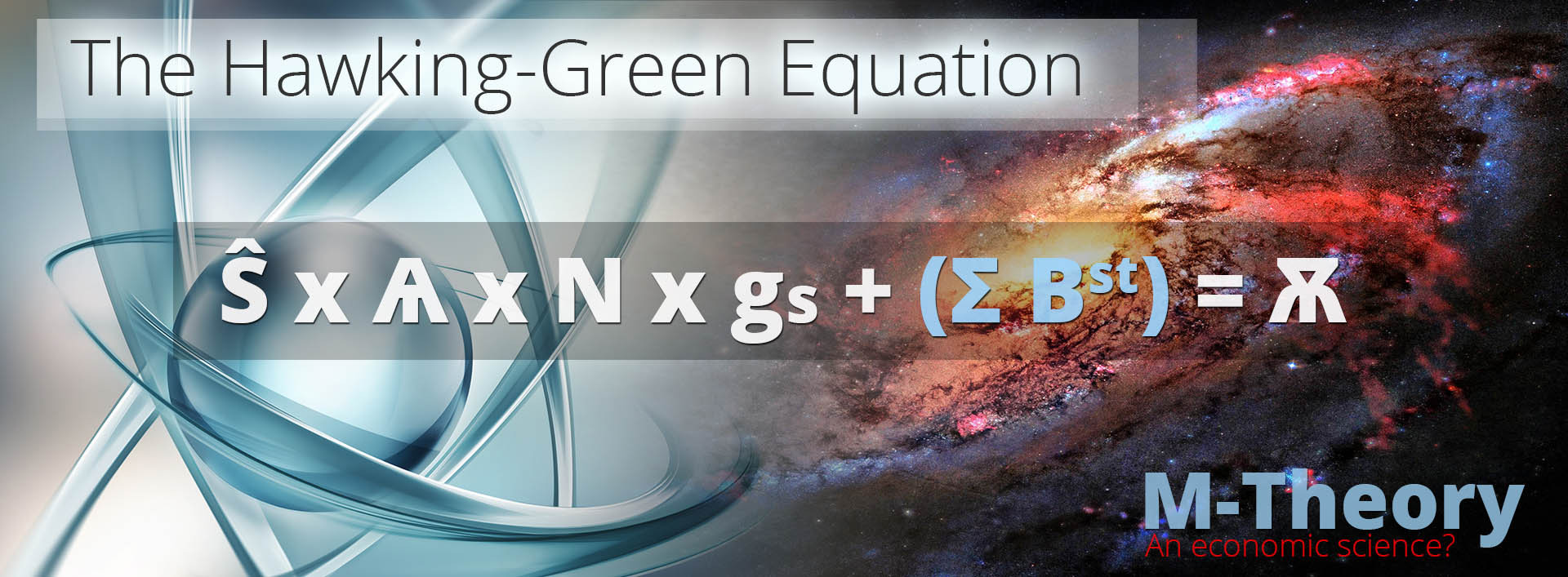
Ŝ x Ѧ x N x gs + (Σ Bst) = Ѫ
The Susskind Boost x The Peet Tent x the number of companies x the number of incentivised personnel vs. unincentivized personnel + the sum of the output of all companies created by the POP process = Network POP investment.
Again, much like the other variables, there are different ways to apply the benefits of new companies contributing POP and the ‘Σ Bst’ (sum over B-Strings) is again an approximation.
This was the Hawking-Green Equation in full, which created the symmetry in business to Professor Michael Green’s statement on strings:
“The notion that this is the smallest constituent is paradoxically not at odds with the statement that it may also be the whole universe.”
As one single company using this POP method could engulf the entire economy.
‘P’ for Momentum
Next, we need to include ‘P’ for momentum, being the effects of PR, Branding, Brand associations, S-World Film, the Famous Concierge, and other exercises that increase demand for S-World products due to the public’s love of the brand; which considering S-World is in essence a progressive charity bent of changing the future of the human race to a more desired outcome, can be very significant.
Ŝ x Ѧ x N x gs x P + (Σ Bst) = Ѫ
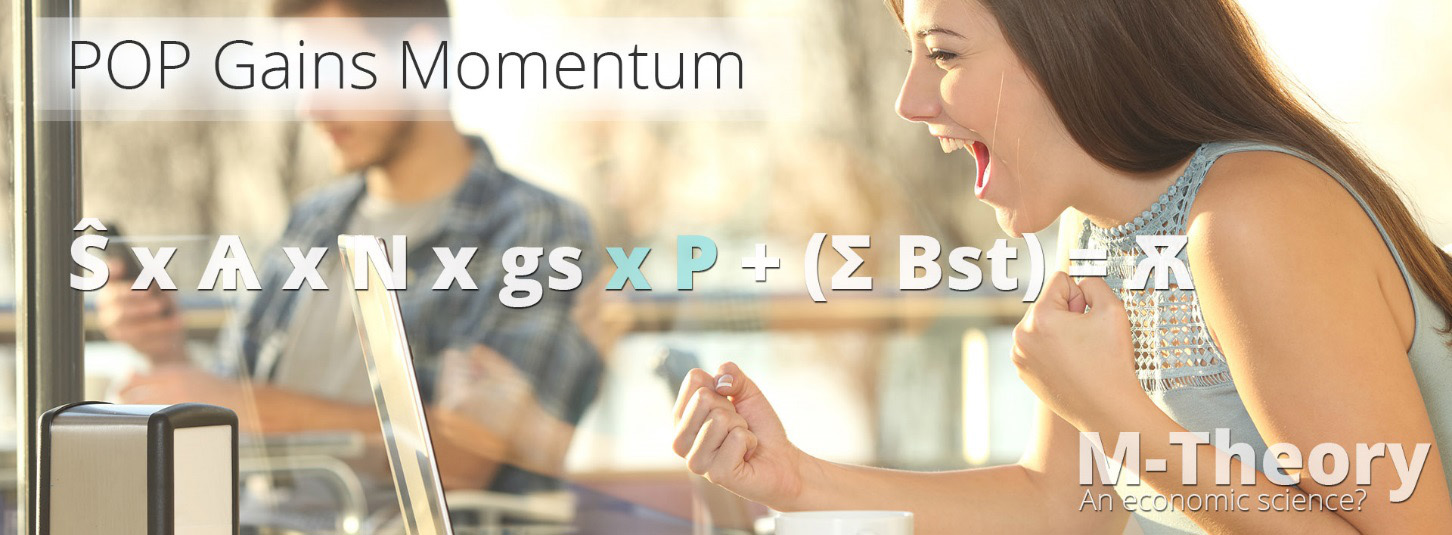
Our decision to include branding expert Sir Richard Branson in our first company approach is testament to the respect we have for the branding opportunity that S-World can seize.
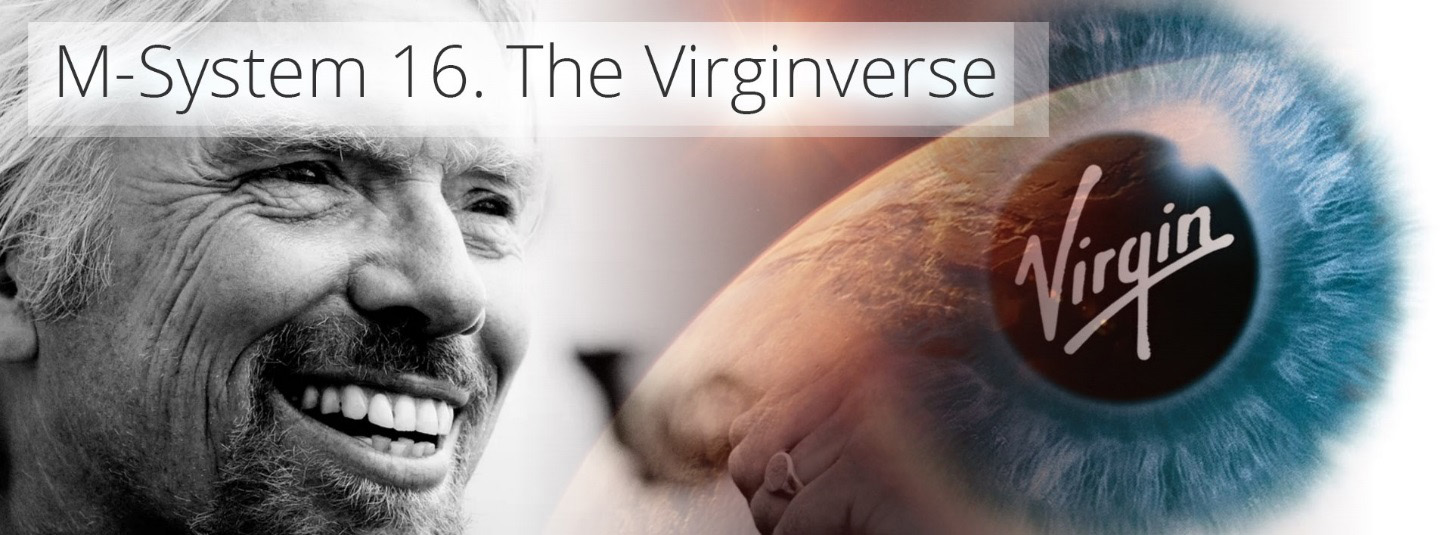
If the product and company is very popular, it will of course increase the momentum of the network. This is basic supply and demand; the more popular the product, the greater the demand.
The Angelverse Operating System
M-System 16.
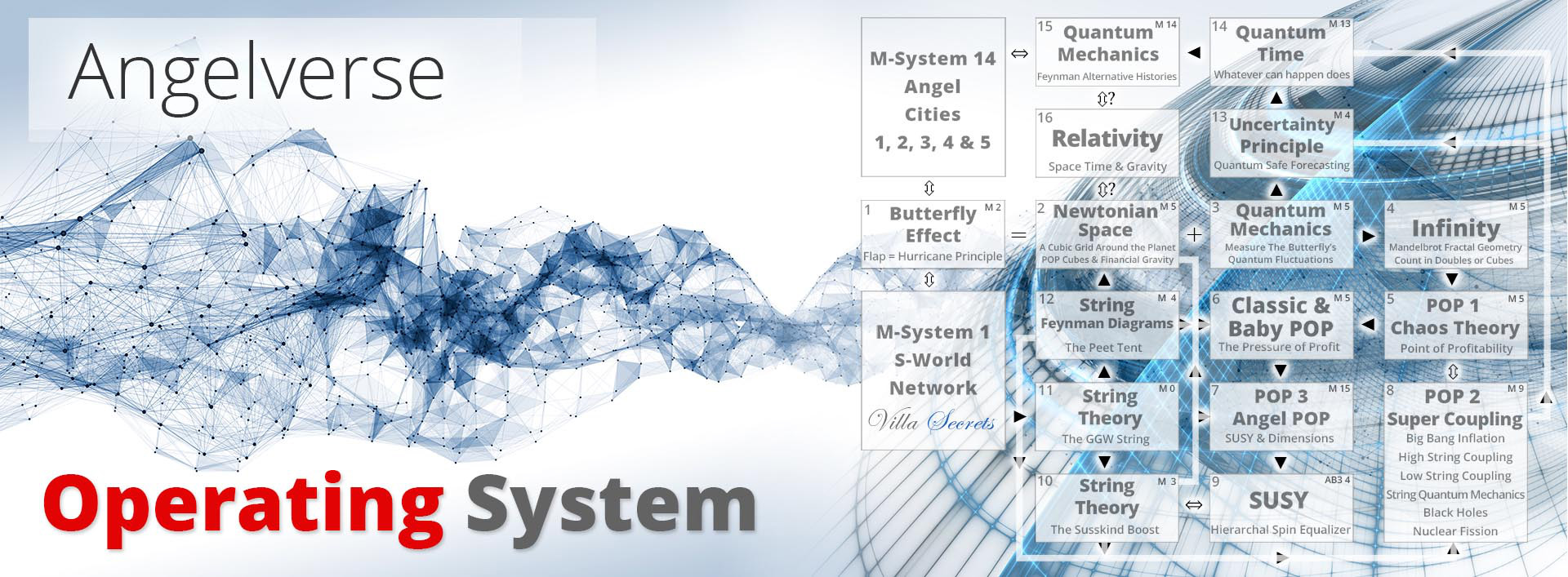
The Angelverse Operating System is for big companies & foundations that have been licenced to create S-World companies. For instance, in the Villas/vacation rentals industry on Facebook, Twitter and LinkedIn there are hundreds of thousands of villa-related companies and venues.
S-World provides Angelverse Operating System licences for big companies & foundations to recruit their members &/or clients to S-World’s Systems.
This then becomes the beginning of the equation…
₳ x Ŝ x Ѧ x N x gs x P + (Σ Bst) = Ѫ
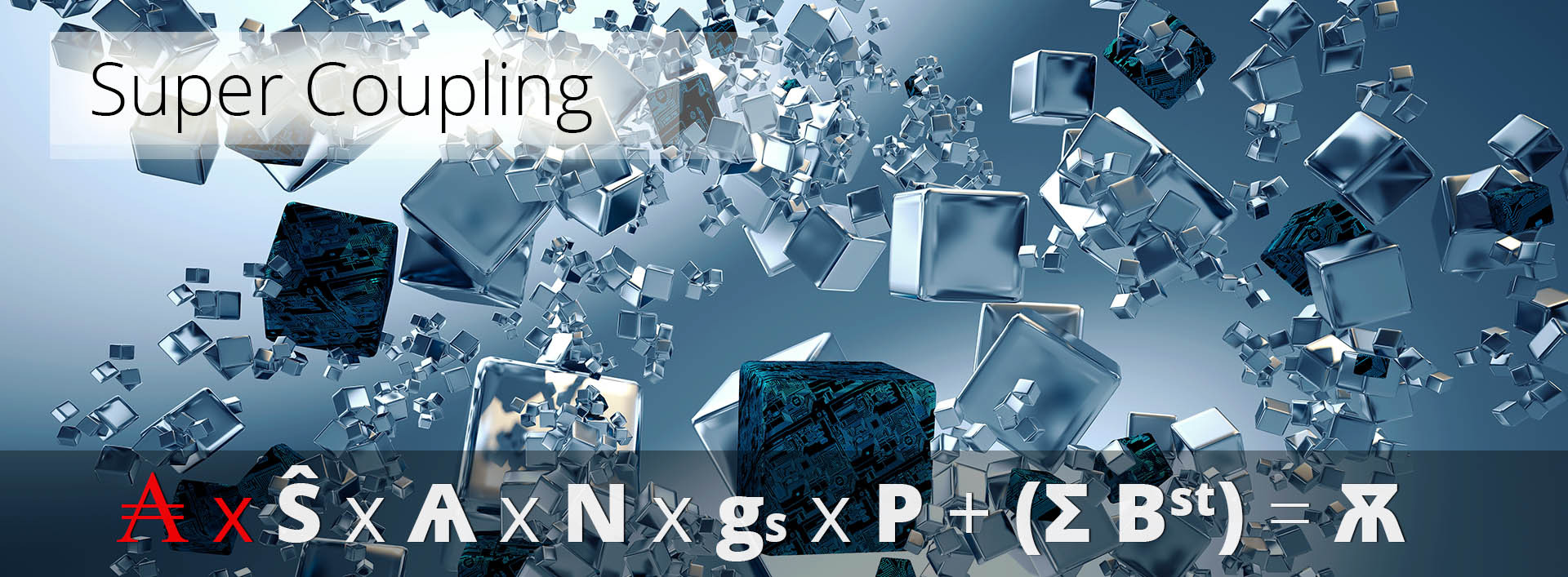
Angelverses
Lastly, again within M-System 16 we have Angelverses which are medium and big companies wishing to create S-World companies and/ or adapt their existing companies to the network and the E-TOE, so creating another Sum over addition. Sum over all Angelverses.
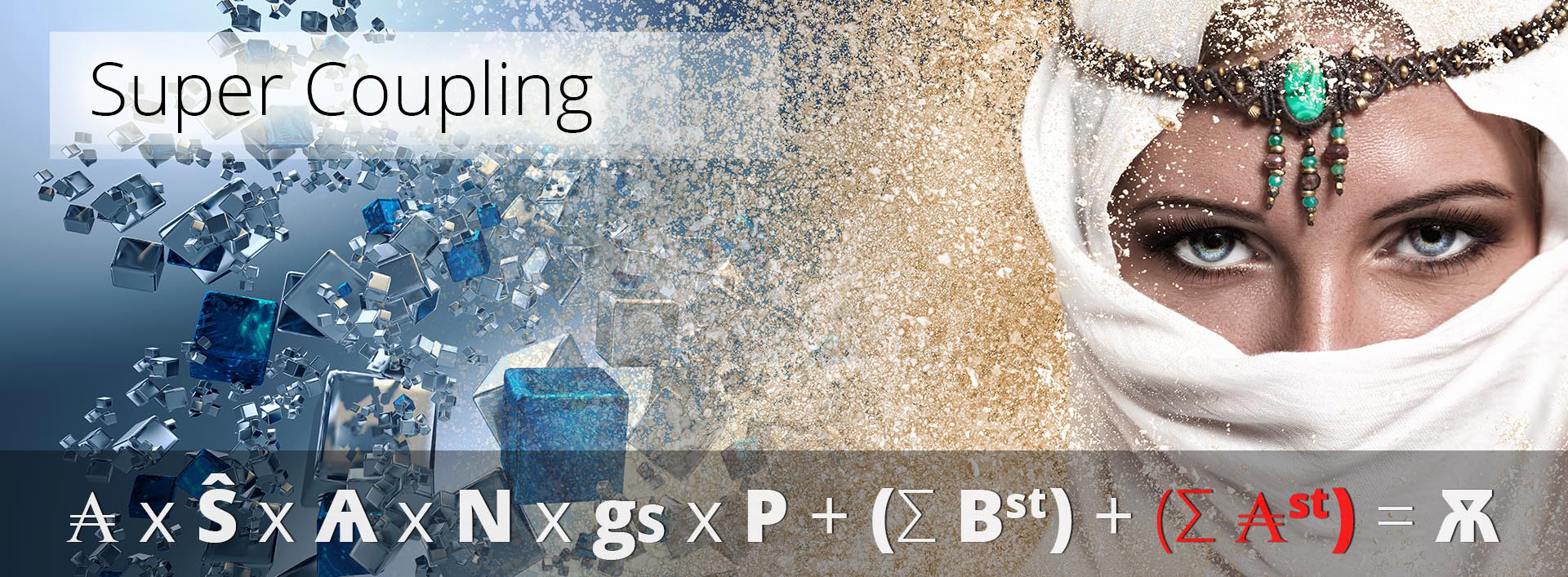
₳ x Ŝ x Ѧ x N x gs x P + (Σ Bst) + (Σ ₳st) = Ѫ
Angelverse Operating System Recruitment x The Susskind Boost x The Peet Tent x Number of Companies x Number of Incentivised personnel + the sum of the output of all companies created by the POP process + The sum of all Angelverses = Network POP investment.
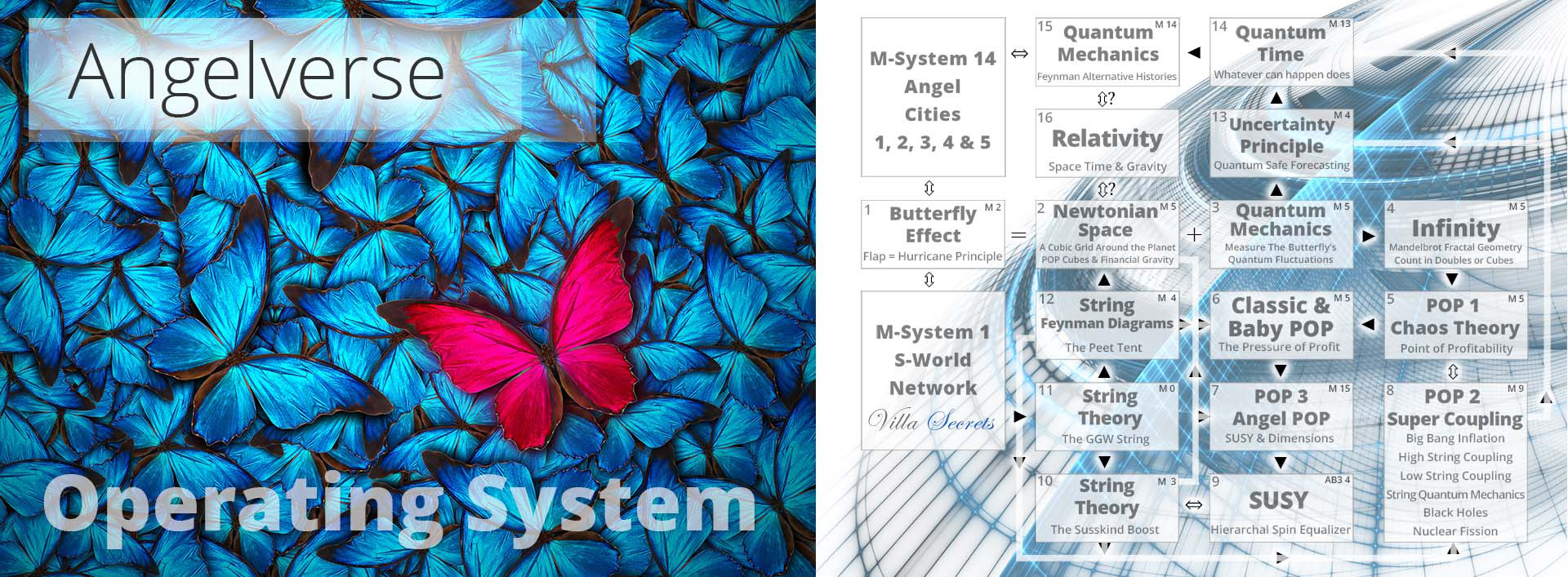
How many Companies?
Now, we see how many different ways there are on founding an S-World company.
We start with the basic equation plus The Susskind Boost & The Peet Tent.
Ŝ x Ѧ x N x gs = Ѫ

To apply numbers to it, first we consider that S-World Villa Secrets can/will create a network of more than 64 primary networks by 2021, each being 8 different companies; where after the primary network and/or Angelverse licensors recruit an addition of more than 56 more smaller local companies creating more than 4,096 individual companies.
If we add S-World VSN™ to the famous film & concierge department and make the company types: S-World Flies, Top End Real Estate, High-End Real Estate, S-World Holidays, Experience Africa Safaris, S-World Hotels, and S-World Business Travel; we could think to increase the 4,096 companies up a cubic dimension (which is simply to multiply by 8, so 4,096 x 8 = 32,768 companies).
However, for now, we shall save this potential and consider it part of the (Σ Bst) ‘Sum Over B-Strings.’
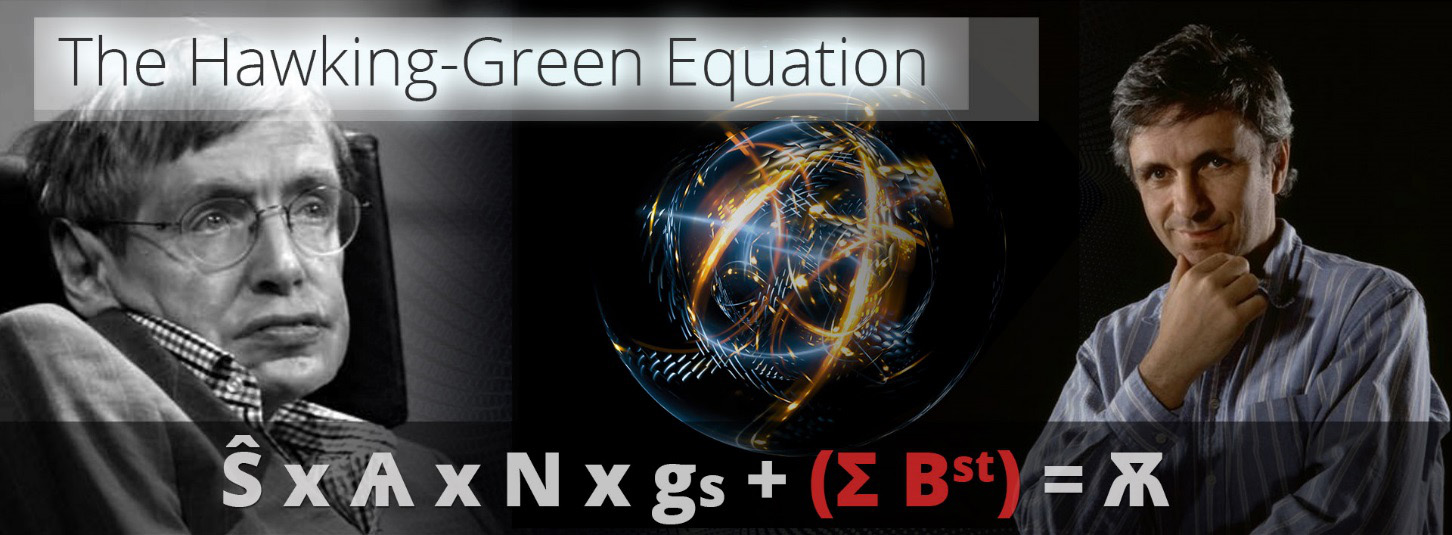
Next, we create the Hawking-Green Equation by adding the step (Σ Bst) ‘Sum Over B-Strings’ that was used to see a single ‘D4’ company engulf the economy by 2080.
Ŝ x Ѧ x N x gs + (Σ Bst) = Ѫ
As we saw from the spreadsheet earlier, this is a real game changer when you also include the companies made by companies and so on. This can at the least cause an expansion of a whole cubic dimension (so we multiply by 8) giving 32,768 companies.
(Note: The Theory of Every Business: Grand Networks, S-World UCS™ and the S-World TBS™ helps to move S-World into every conservable business type.)

N x gs x Ŝ / Ѧ x P + (Σ Bst) = Ѫ
The P for momentum is another potential cubic multiplier, as brand development and brand love are achieved via our good intentions, the good things we do, the fun of it all, accelerated by S-World films based on Angel City 5 and the special projects.
Currently we are completely unknown, the PR made from just partnering with one of the trusties mentioned in Chapter 1 would increase our reach over 8 times.
So, multiplying by 8 due to branding, marketing and film increases our total to 262,144 companies.
₳ For Angelverse Operating System Licensors

₳ x N x gs x Ŝ / Ѧ + (Σ Bst) x P = Ѫ
Now we add the Angelverses, big companies & foundations who are licensed to distribute the Angelverse Operating System. For instance, businesses on Facebook, LinkedIn or Twitter licensing to their members; Pfizer licencing to its clients, Disney licencing to its fans, and the list goes on.
This becomes another game changer, but this time we can potentially move up by more than 2 cubic dimensions. Working under the premise that we have created all the M-Systems and that we have expended the systems into every industry, Facebook alone could recruit millions of companies. Add to Facebook other companies across the world in every language recruiting and we could increase opportunities by 100.
Consider it from this perspective, at this point S-World has shown the potential to reach and make a deal that could be worth as much as $100,000 a year to 262,144 individual companies. So, we licence ‘the opportunity to make new companies’ to 100 licensors. Who can all offer their own additional incentives and are represented in every language.
The 100 licensors increase the reach of the network by 100 to 262,144,000
Sure the opportunities will be the same just through different Angelverses, but that’s all part of it. We want many different ways to temp businesses to S-World, and at the same time we want many different variations of the Angelverse Operating System to be created by the different Angelverses.
Sum Over Angelverses
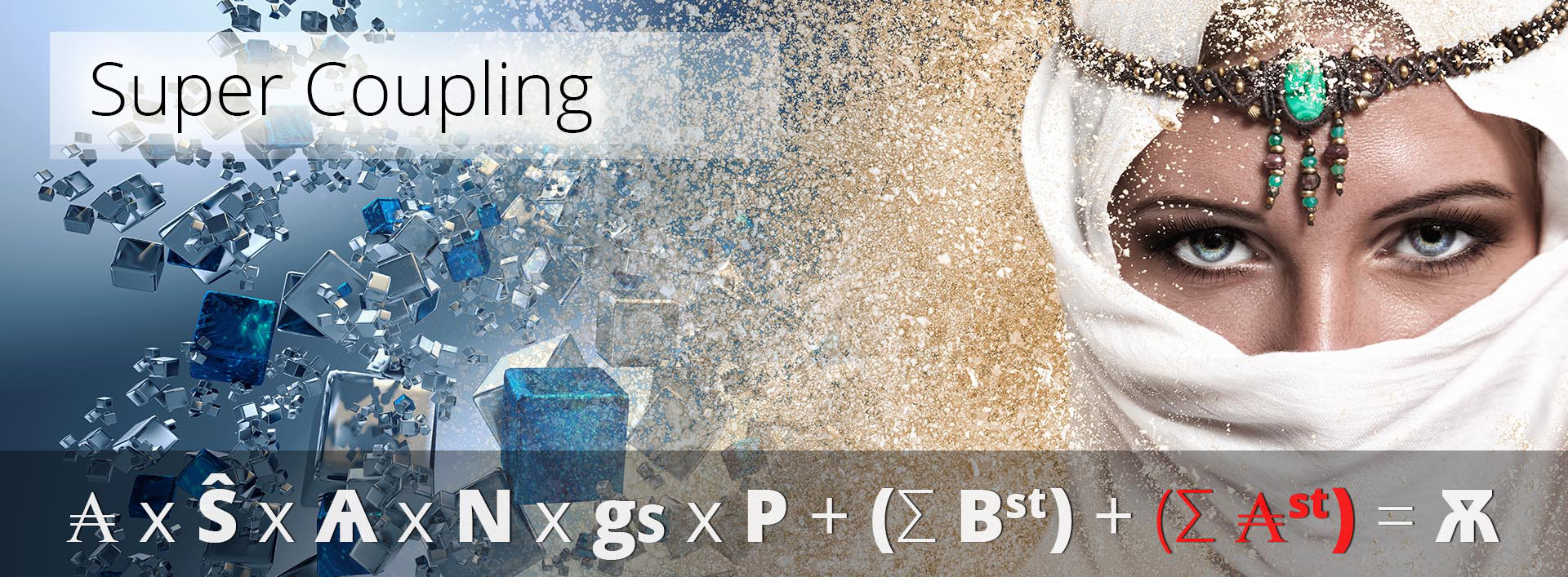
Lastly, (thus far) we need to add existing big companies and even countries that wish to either create new joint S-World Angelverse ventures, or that wish to convert in full into E-TOE companies.
N x gs x Ŝ / Ѧ + (Σ Bst) x P + (Σ ₳st) = Ѫ
This is more of a long-term target; if we consider by the time we reach Angel City 4 in 2048, if we have 25% of Global GDP, all eyes will be on joining S-World. And at that point many businesses will see merit in adapting to a model that works with our system and goals.
This has the capacity to see the remaining 75% of GDP shift to S-World by 2080 and create in excess of a billion companies; which if we are considering a population of 10 billion, may be half the population at work the other half not, 2 billion company owners and 3 billion incentivised staff.
The lesson learned is that there are 1 billion possible ways for S-World to create a company and any single company via the Hawking-Green Equation can engulf the economy.
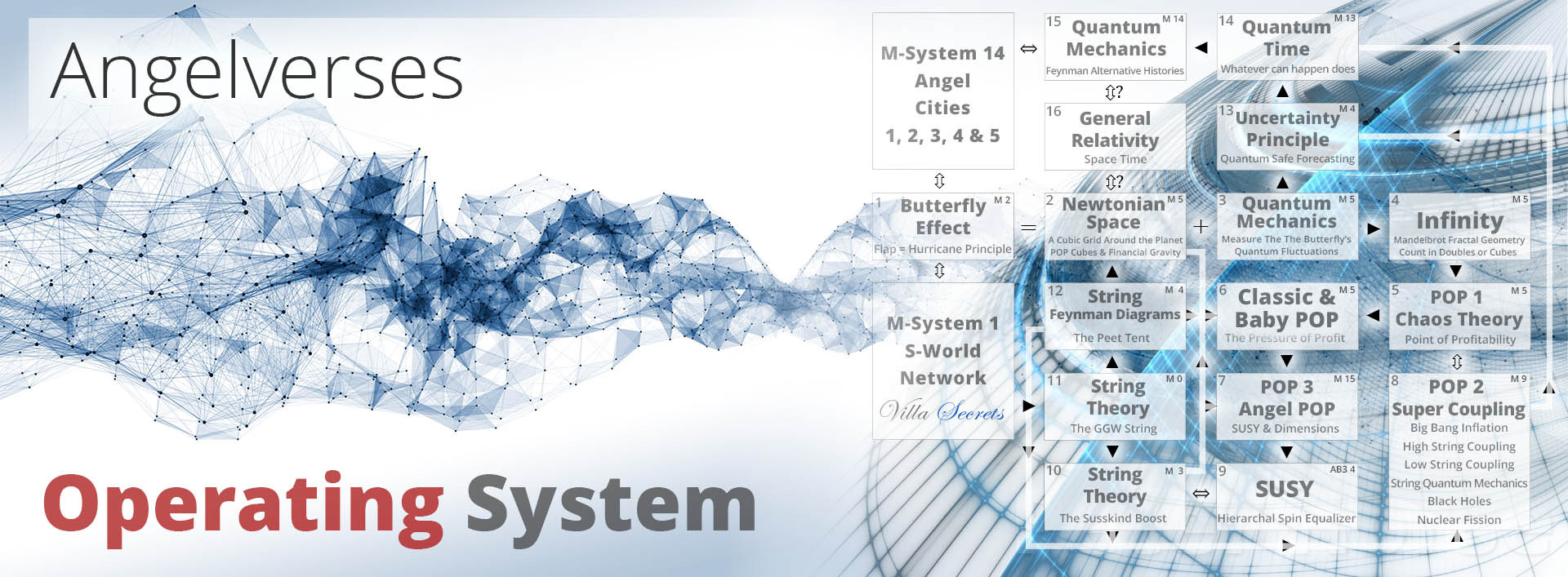
Super Coupling Continued….
POP Super Coupling is also a bridge to quantum mechanics as Dr Amanda Peet presents: “In 1996, two Harvard physicists professors Andrew Strominger & Cumrun Vafa used a set of rules from string coupling to perform string quantum mechanics to calculate what the entropy of what a black hole would be, and it turned out to give exactly the same answer as the Bekenstein-Hawking experiments predicted 40 years earlier using pure quantum mechanics.”
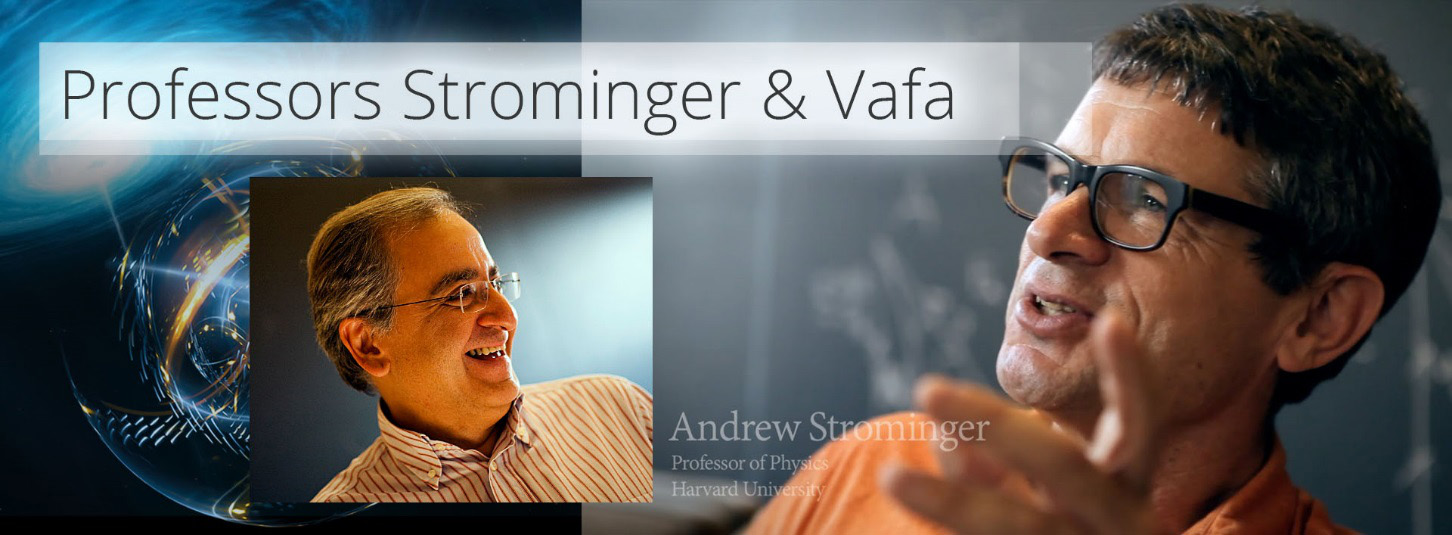
The important point of the above is that by coming to the same conclusion using 2 different methods (quantum mechanics and string theory), it made the theoretical math of string theory much more likely to be correct in physics.
Another more recent consideration of Super Coupling was gleamed from the 6th chapter of Professor Michio Kaku’s ‘Parallel Worlds,’ where Super Coupling is not unlike nuclear fission, as explored by Niels Bohr and John Wheeler and the first experiments in creating the atomic bomb.
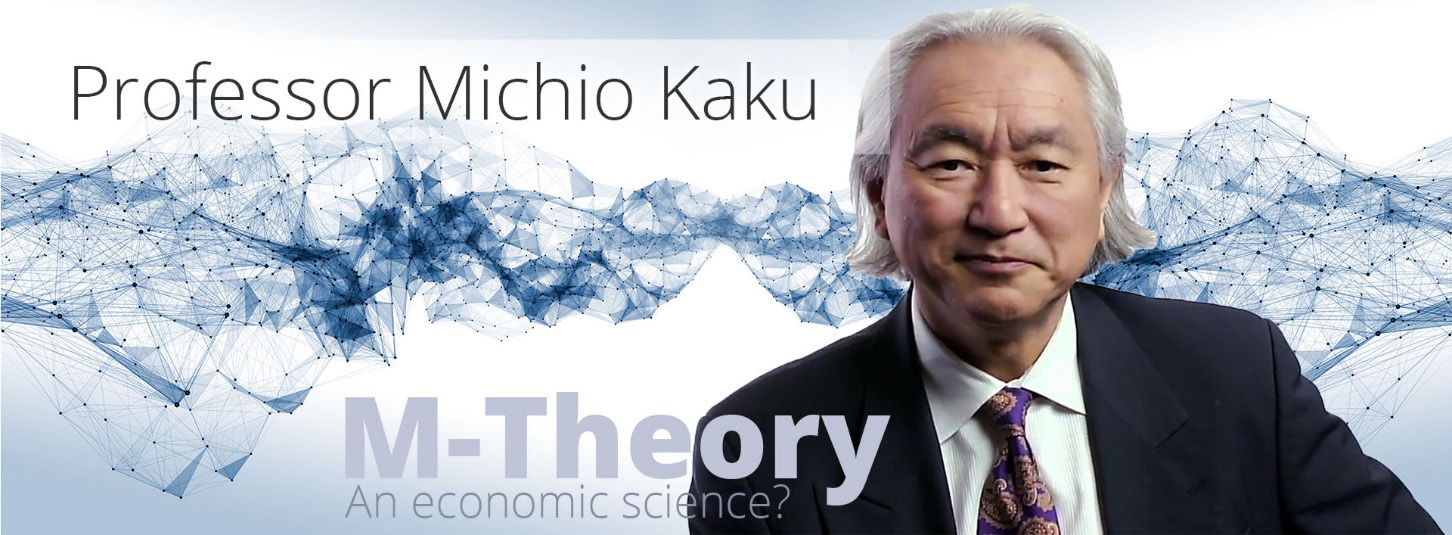
“Since everything in the quantum theory is a matter of probability and chance, Niels Bohr and John Wheeler estimated the probability that a neutron will break apart its uranium nucleus, releasing 2 or more neutrons, which then fission even more uranium nuclei, which then release ever more neutrons, and so on setting off a chain reaction capable of devastating a modern city.’
However, ‘In quantum mechanics, you can never know if any particular neutron will fission a uranium atom, but you can compute with incredible accuracy the probability that billions of uranium atoms will fission in a bomb.’
Professor Michio Kaku ‘Parallel Worlds’
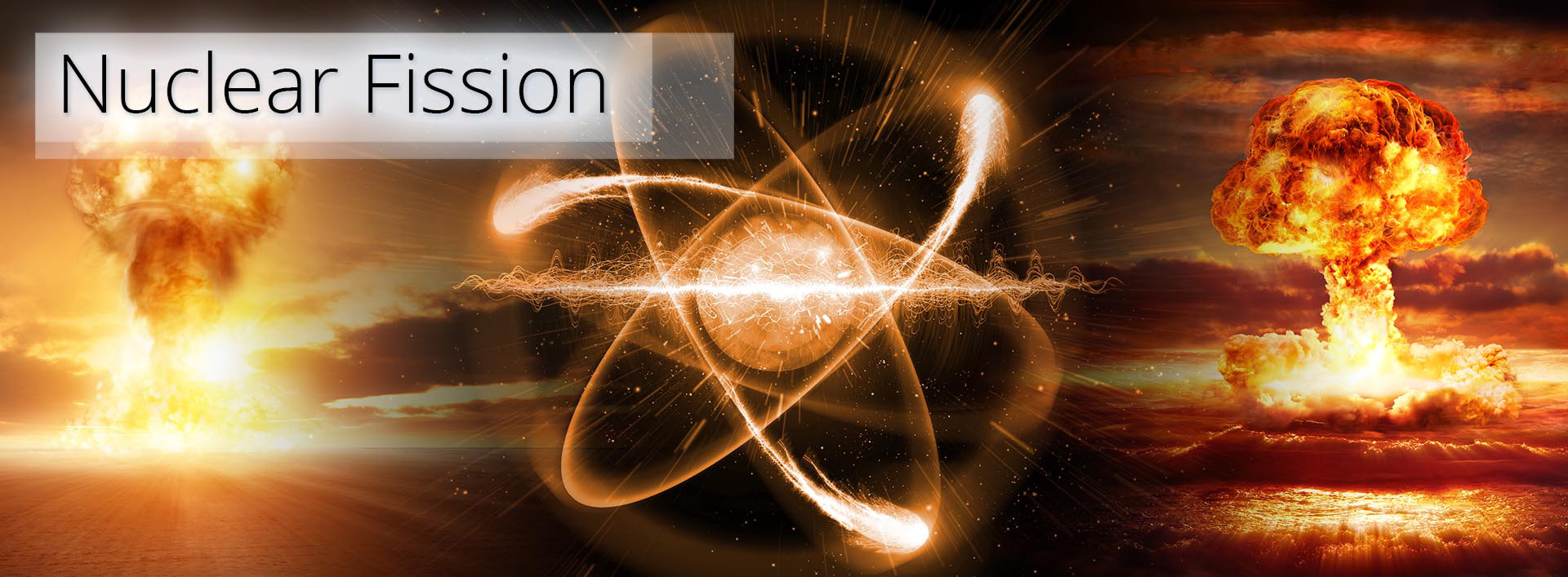
Considering the above, we look at our Hawking-Green Equation which tells us in theory a single company could engulf the global economy.
However, in terms of creating one company per Michal Green’s ‘one string can become the universe scenario’; even if it can be shown to work on paper, we cannot realistically predict the outcome in terms of all the future companies that can be created from it.
And why would we? POP is slow at the beginning, and it would be 2 or 3 years before we saw the next company was created. Instead we have a billion ways to create companies, and a general intent to make the software, expand rapidly then later seek to double the size of the network each year.
Now, we go to quantum systems M-System 4. Quantum Safe Forecasting and the ‘Feynman Sum Over Histories’ systems… M-Systems 13. S-World UCS Voyagers & M-System 14. Angel Cities.
Quantum Mechanics, Steps 13,14 & 15
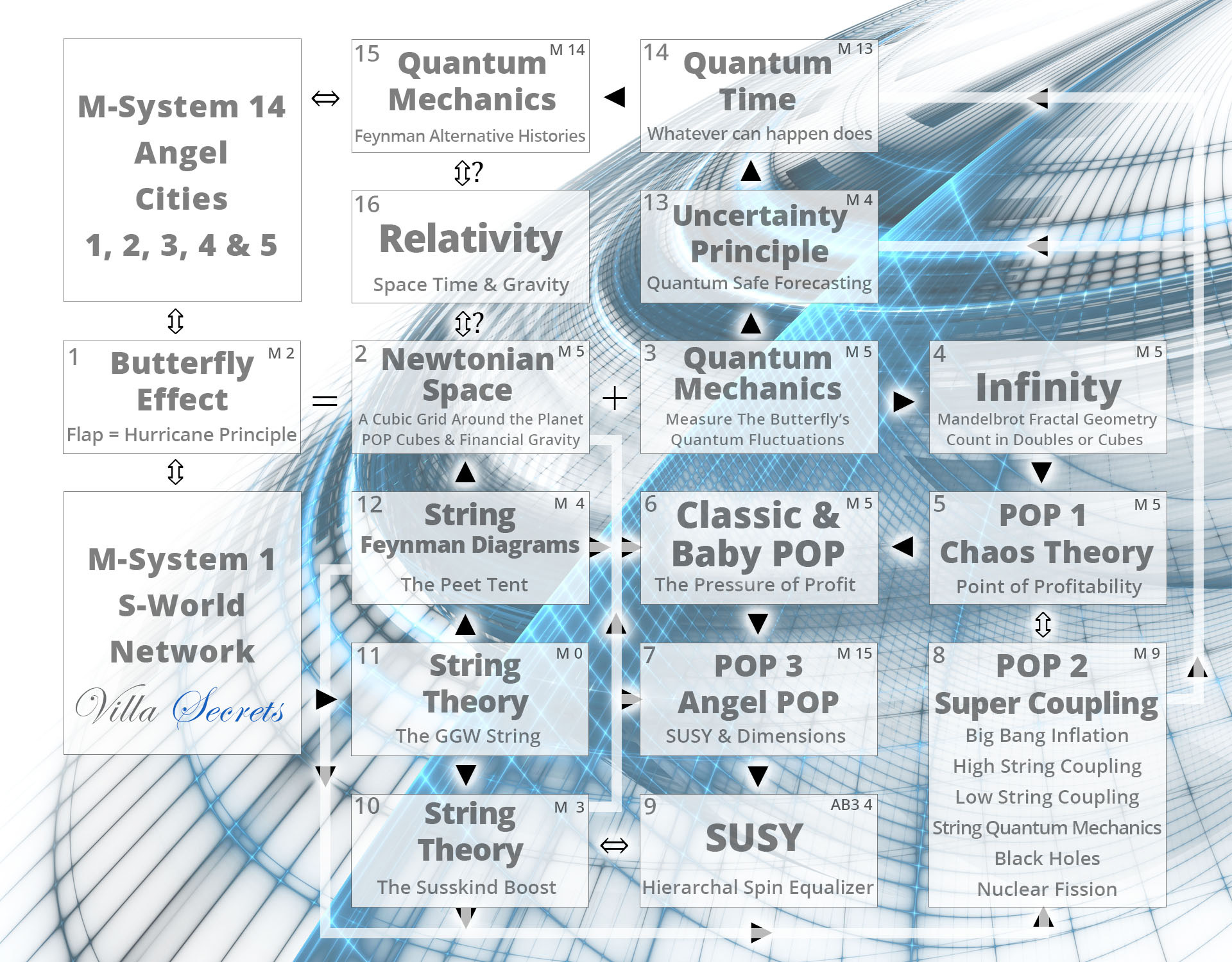
Step 13. (M-System 4) Quantum Safe Forecasting
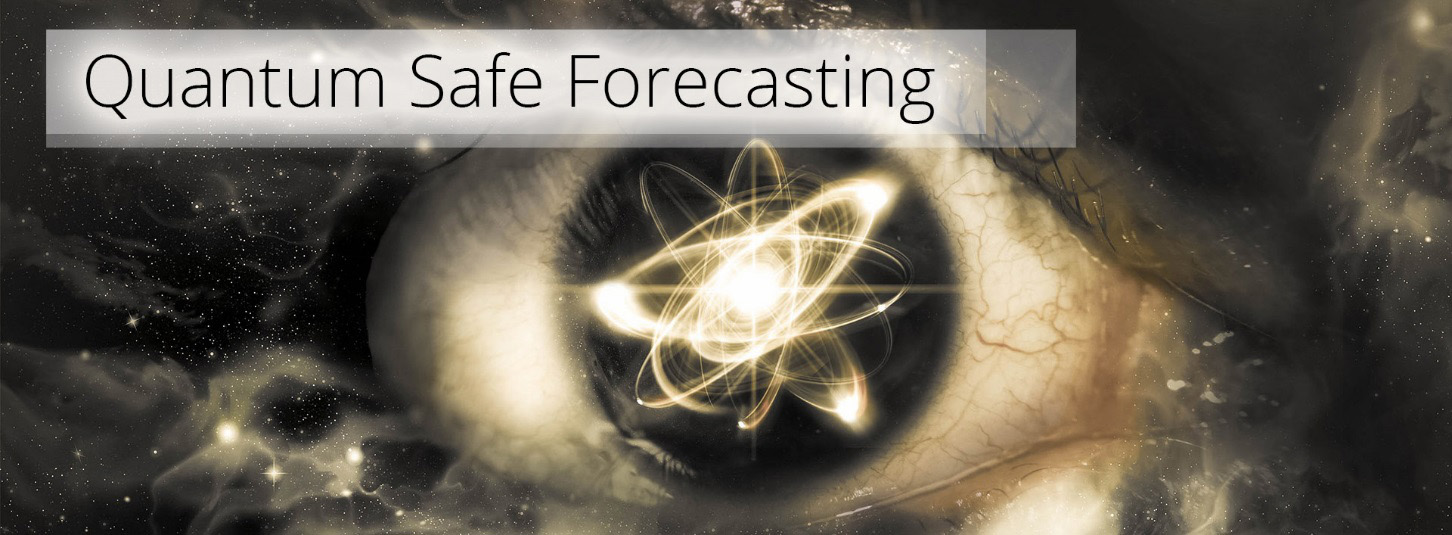
We have now covered Steps 1 to 12, and added supersymmetry and cubic dimensions to the chaos theory and string theory points, now we add the quantum systems.
Step 13. Quantum Safe Forecasting is currently a basic system with plenty of room to grow. However, it is a practical system that has been assisting S-World Villa Secrets forecasting scenarios for over a year now.
Born out of M-System 4. The Peet Tent, which protects companies from failure; Quantum Safe Forecasting created a vetting process via a simple equation that would assess the viability of companies and individuals wishing to join the network in the first instance.
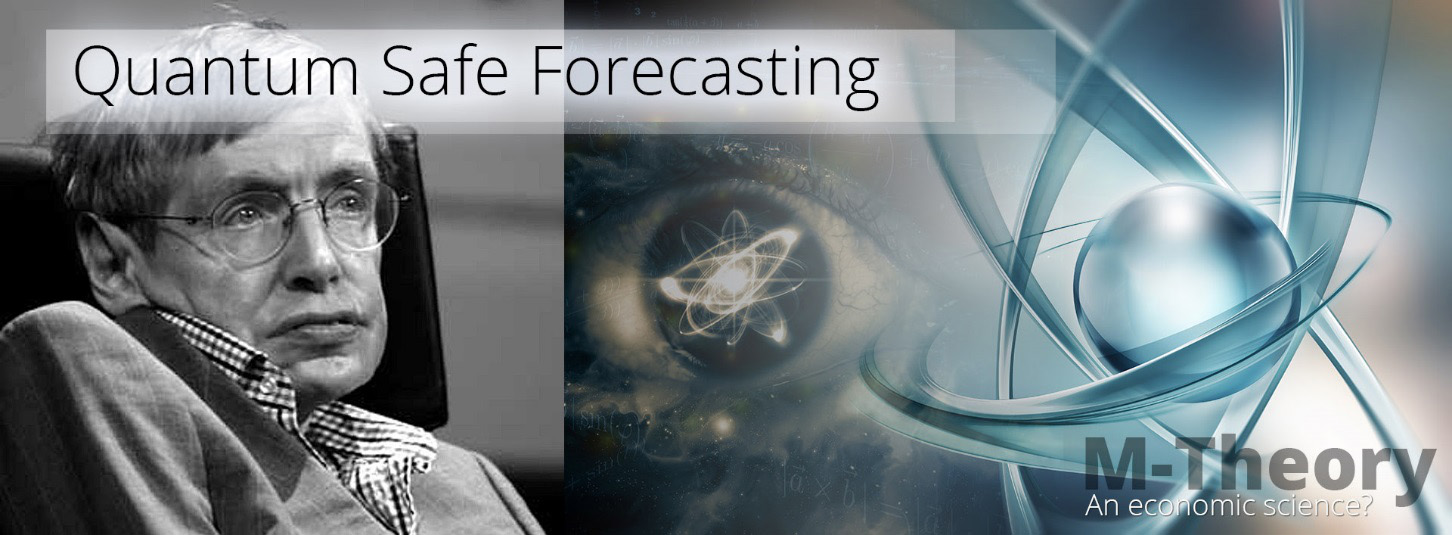
‘Quantum Safe Forecasting’ (QSF) simulates some basic laws of quantum mechanics including the Heisenberg uncertainty principle seen below, and acts as a limiter within financial forecasts.
Our source for this exercise is the 2010 book The Grand Design by Professors Hawking and Mlodinow…
“According to the uncertainly principle, if you multiply the uncertainty in the position of a particle by the uncertainty in its momentum (its mass times its velocity) the result can never be smaller than a certain fixed quantity, called Planck’s constant.”
“That’s a tongue twister but its gist can be stated plainly:
The more precisely you measure speed, the less precisely you can measure position.”
From this we simulate as follows: Momentum = Profit, and its position is a position in time, such as 1, 2, 3 or 4 years.
To increase the probability of making one’s financial profit target, one simply needs to lower the estimated forecast. And here is how we do it…
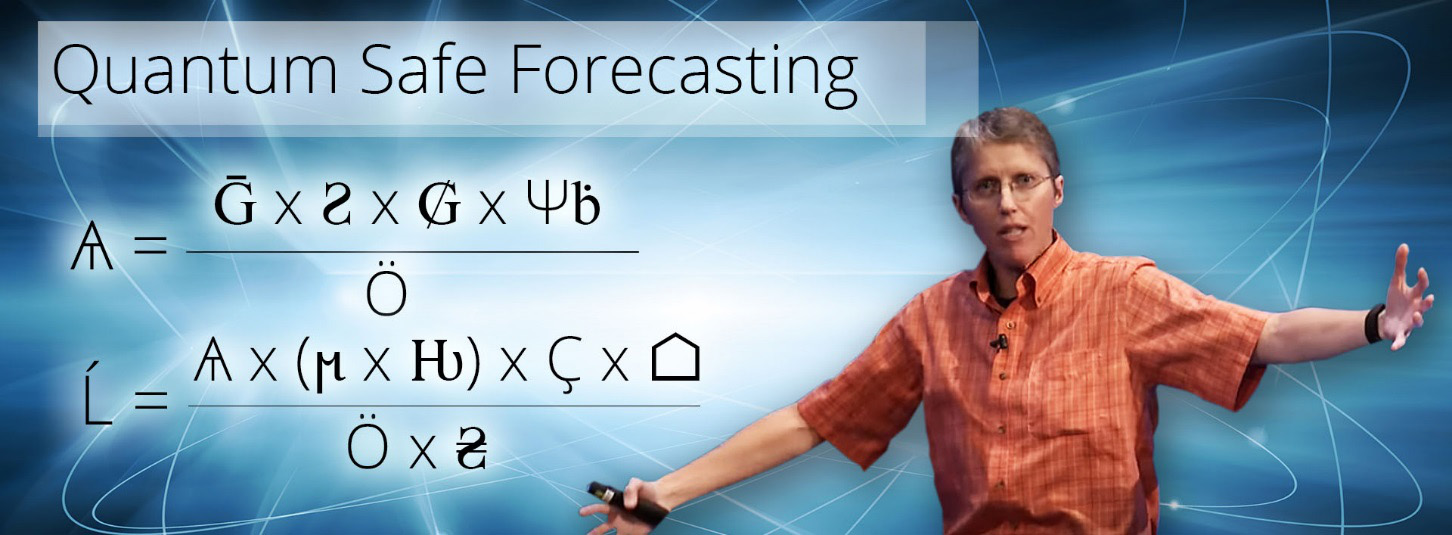
All we are doing here is simple algebra, comparing a Villa Secrets forecasting scenario in Cape Town relative to an opportunity in Hawaii. (For the full equation, see http://www.angeltheory.org/m-systems/4/the-peet-tent.)
For now, we shall just focus on the top half and the components relevant to QSF; but note Ѧ (the A-Tent character) = The Peet Tent, Ḡ = Gross Profit, and Ӧ = Operational costs.
Below we see the quantum limiters.
1. Ƨ = 20% (First year jitters)
2. ₲ = 40% (limiting variable, made to increase probability of each forecast)
3. Ѱḃ = 15% (Disasters and ELEs Renormalized)
1. Ƨ = 20% (First year jitters) (QSF)
This is a simple and logical limiter that accounts for a company’s performance, potentially being less in the 1st year due to lack of experience. So, the gross profit (Ḡ) is lowered by 20%.
2. ₲ = 40% (limiting variable, made to increase probability of each forecast) (QSF)
This limiting variable is per the Heisenberg uncertainty principle; by lowering the expected gross profit by 40%, the odds of the company making less than the result is very low.
(Note in general this variable was too high, a figure closer to 20% is now used.)
3. Ѱḃ = 15% (Disasters and ELEs Renormalized) (QSF)
This limiting variable accounts for location specific disasters, from tsunamis to a political meltdown. The 15% represents the chances of such an event happening in a year. If we were forecasting for California or Hawaii, this variable would be lowered to just a few percent.
And as simple as they are, they have become very practical; as now 5 different Villa Secrets forecasting scenarios have been made with varying degrees of QSF. And because of the limiting variables, even with very bad luck, a company is still more likely than not, to exceed its target and make profit.
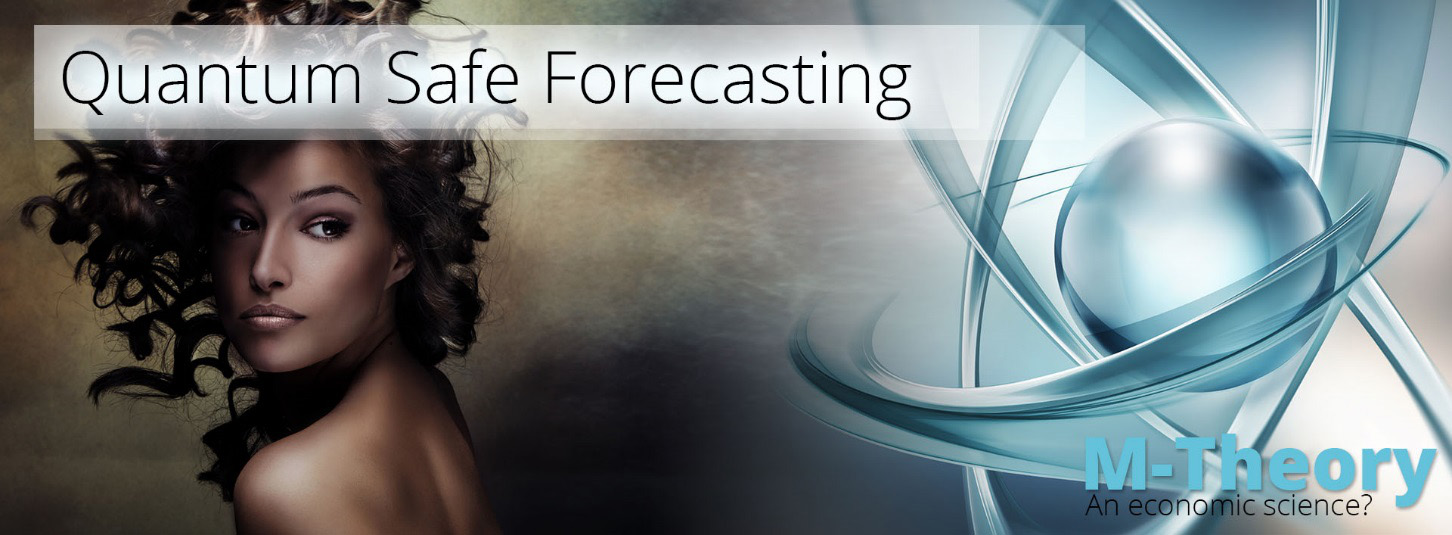
A second exercise is when forecasting for 2, 3, and 4 years to double the uncertainty in number 2 ‘₲’ (G Slash) each year. So, if in year one we have a 20% ₲ uncertainty, in year 2 it will be 40%, in year 3 it will be 60%, and the year 4 projection will have an 80% uncertainty, and we can’t predict past the 5th year as ₲ = 100%.
Lastly added to the above is the MCQPS (Monte Carlo Effect Probability Software), an original 2012 PQS (predictive quantum software) system; which tells us that for each Susskind Boost action and in particular the TBS™ (Total Business Systems), we should always pick the lowest probability of all component systems.
For instance, in the current S-World Villa Secrets forecasts there are 81 different TBS™ multipliers, all set to either a value we know due to experiment/experience; or if there have been no experiments, a high and low probability is created via conjecture; and when creating forecasts, we always set to the lowest probability.
The MCQPS (Monte Carlo Effect Probability Software)
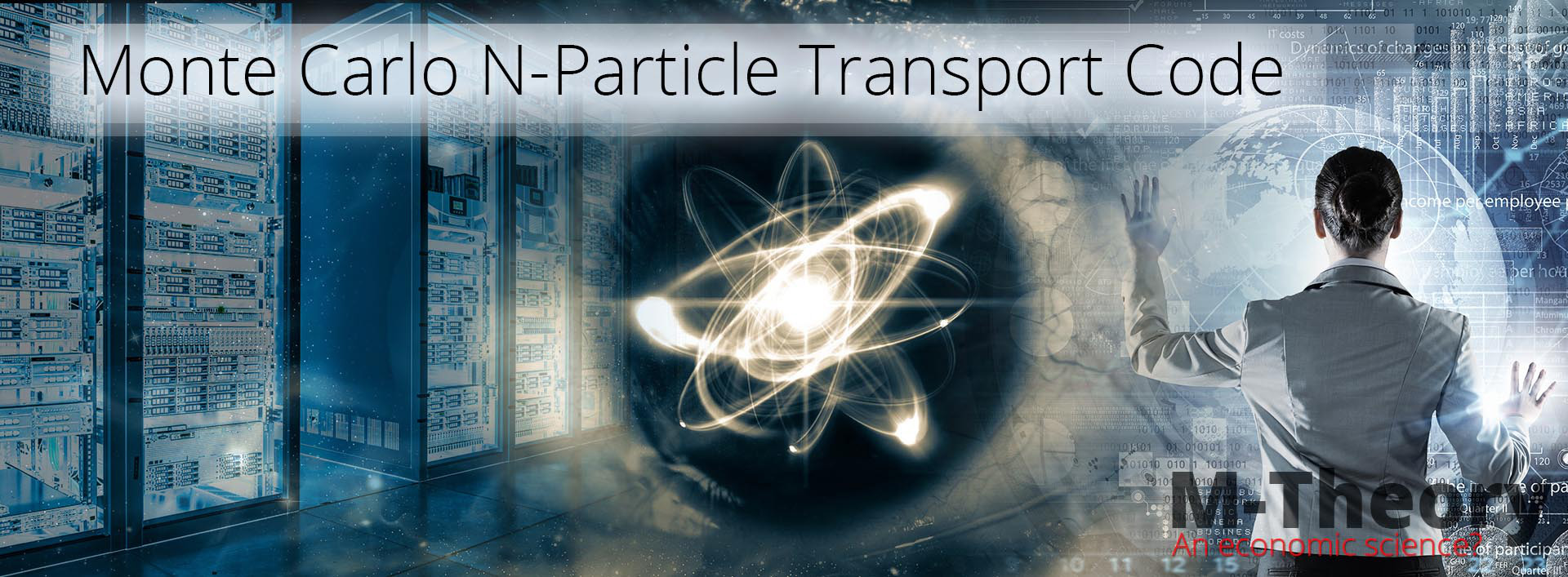
Collectively when used to create financial forecasts, QSF & the MCQPS help to make sure that a company will not get into to trouble in the first place. As we would from 100 applications only choose 10 or so companies to work with, being the 10 with the highest QSF score.
Once all the boosts and limiters have been factored in and a company score is calculated; companies with high scores go on to M-System 5, and companies with lower scores go back to Systems 1, 2, or 3 and start again, creating an improved strategy.
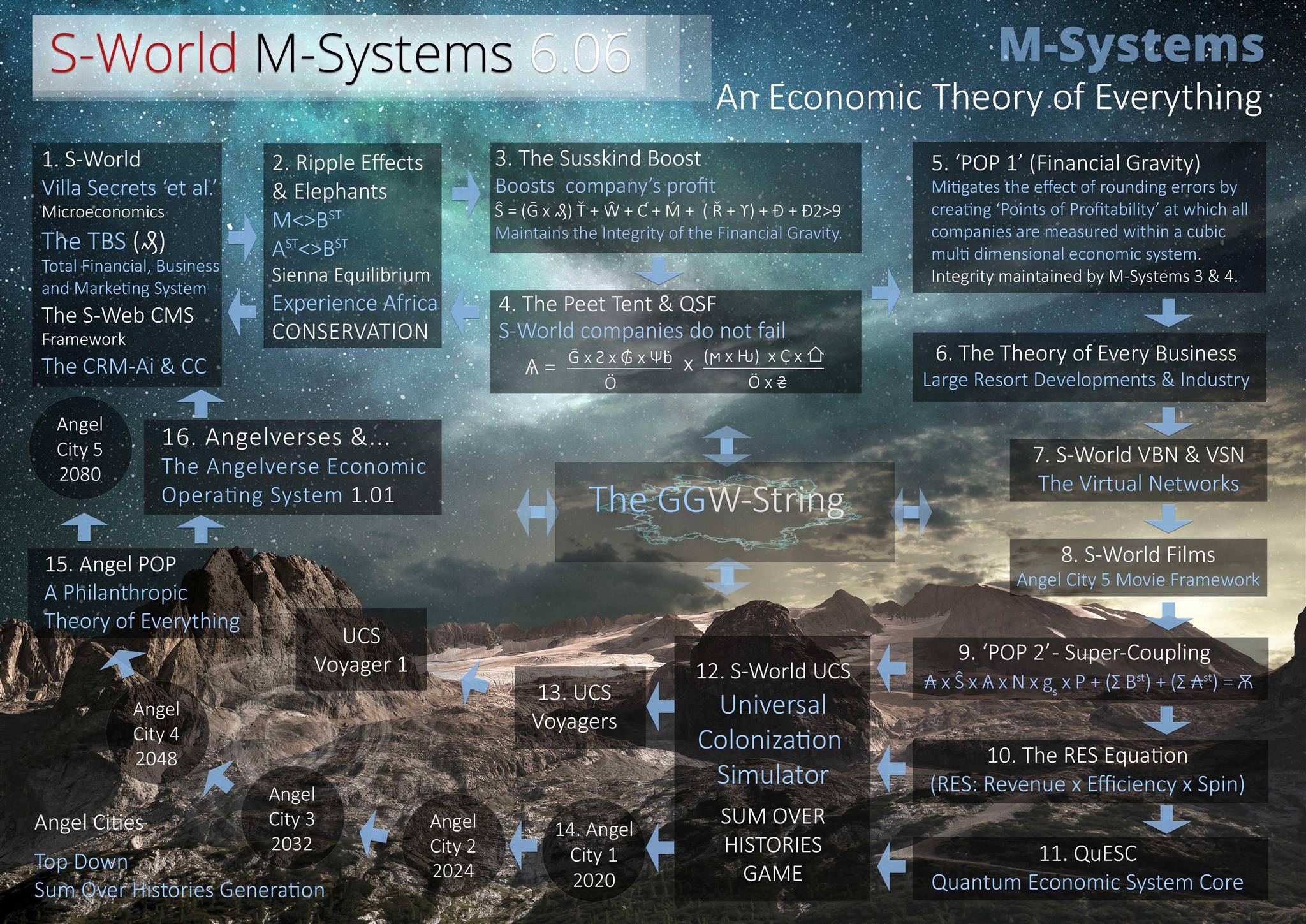
After starting at position 1, a new S-World company will be provisionally created, and its profitability calculated via the S-World TBS™ Multipliers.
Then in M-System 2, we consider the ripple effects created from and to the company, so assessing the companies value to the greater network. Next, we move to M-System 3. The Susskind Boost and consider all the different ways we can boost this company, and which methods are most effective to both the company and the network.
Lastly, we apply the Peet Tent & QSF equations. And if a company achieves a high enough score, it moves to M-Systems 5 to 16; whereas lower scores need to go back to previous M-Systems (1, 2 or 3) to create an improved strategy.
By adding Quantum Safe Forecasting, we decrease the probability of critical failure to any one company to a very small probability; and the bigger the network becomes, the less the probability of failure is, until the system is massive, and the probability of failure is as small as a Planck length.
Step 14. (M-System 13) Quantum Time & S-World UCS Voyagers
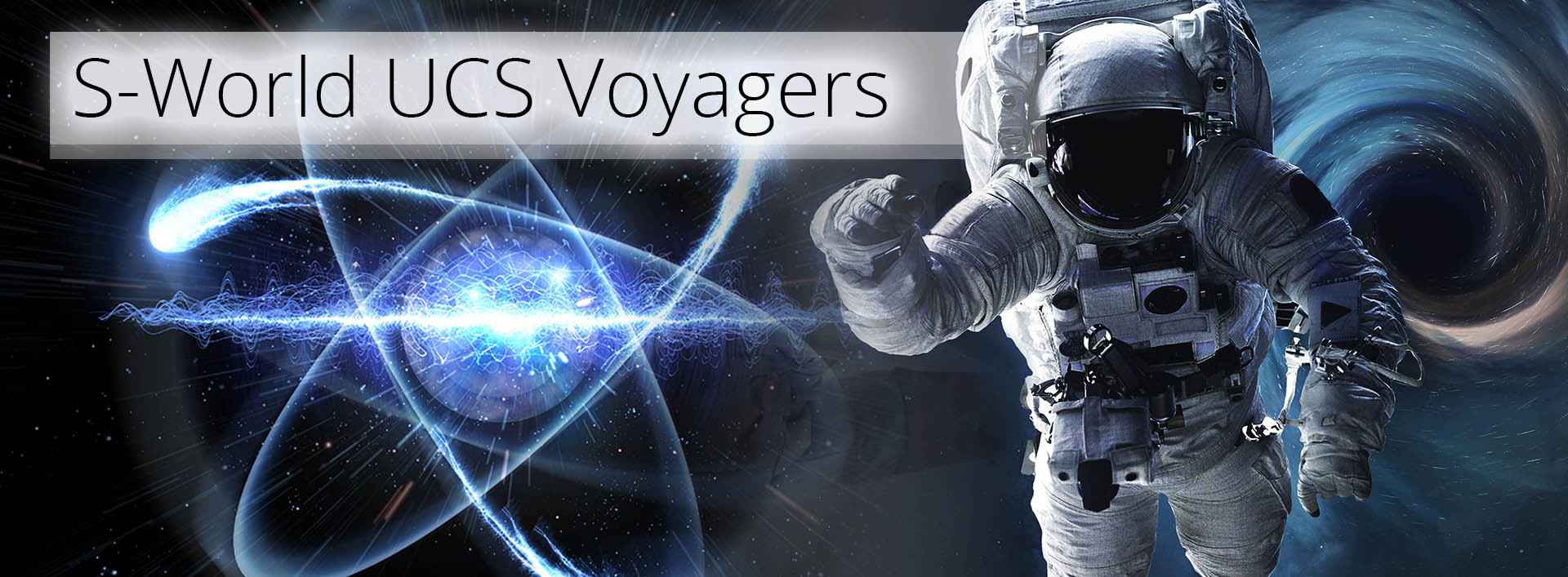
As was told in the previous chapter, the Eureka moment in terms of creating the S-World business network, the virtual network and S-World UCS (the MMO Game and tutorial system) arrived courtesy of Garrett Lisi’s TED talk ‘A Theory of Everything.’ In which Lisi presents his quantum coral analogy where “each individual was in many other locations experiencing them as separate individuals,” and the quantum mechanics mantra:
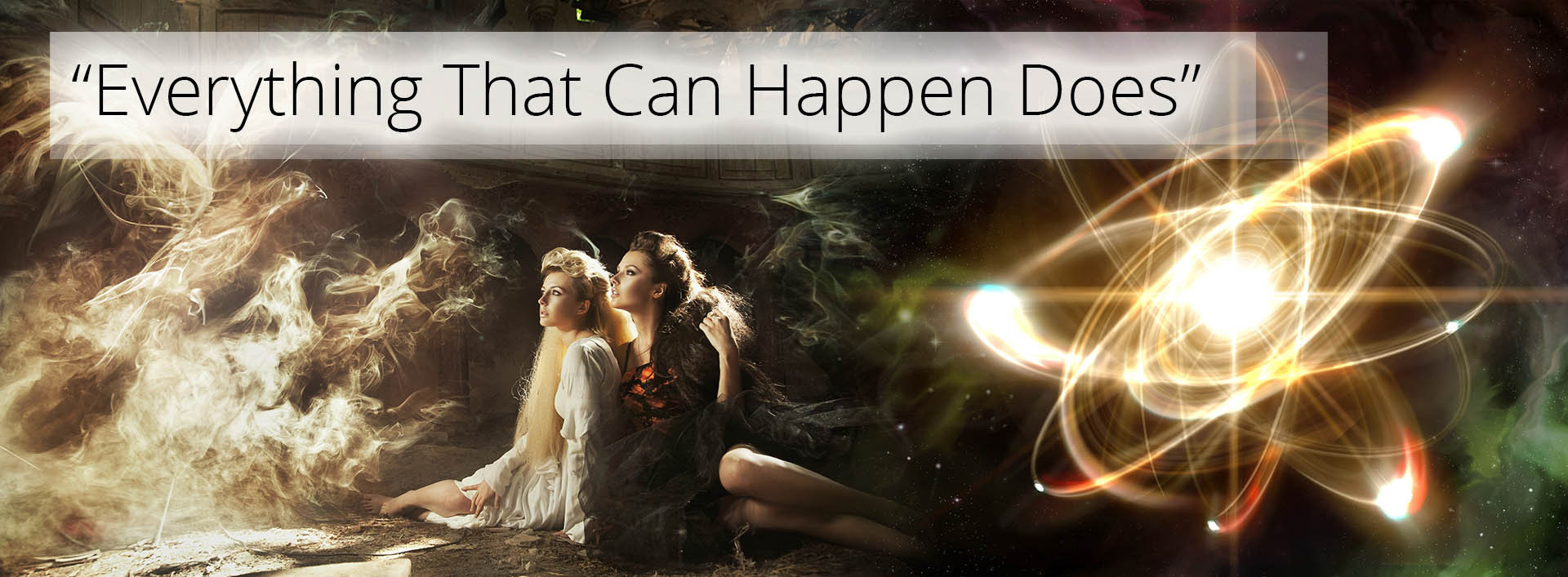
“Everything That Can Happen Does”
This consideration becoming the tipping point where a simulated game and business software became a form of economic time travel.
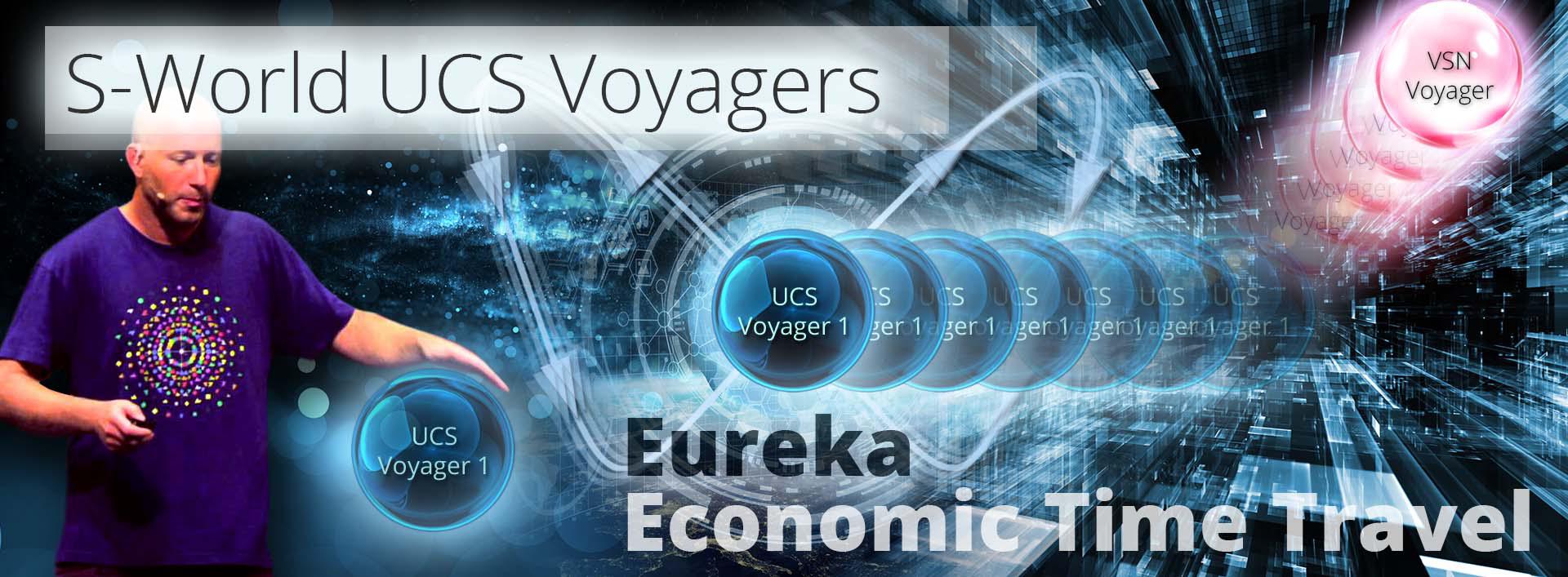
The consideration was that we would create a copy of the S-World UCS Network called ‘UCS Voyager’ and send it forwards in time at a speed twice our own. So that in 6 months of our time, the simulation would be a year ahead, and within business owners, managers, staff, and gamers alike could conduct their own business simulations; then from all the possible outcomes choose which actions from the simulations to follow back in real time.
Businesses follow the wins, avoid the losses, and replay opportunities that showed potential in Voyagers 2, 3, 4…
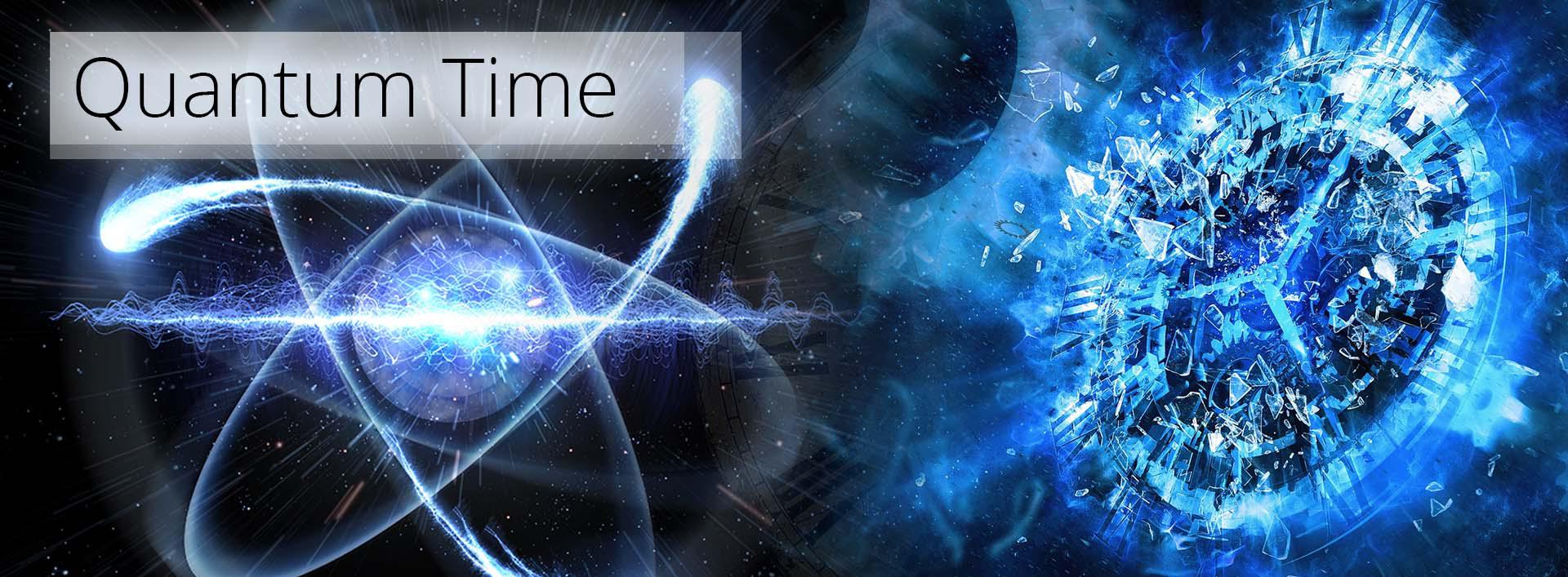
What if you could look to the future and see millions of eventualities?
What if you could use this information to assist you today?
Welcome to S-World UCS
Welcome to your future
Step 15. (M-System 14) S-World UCS Angel Cities
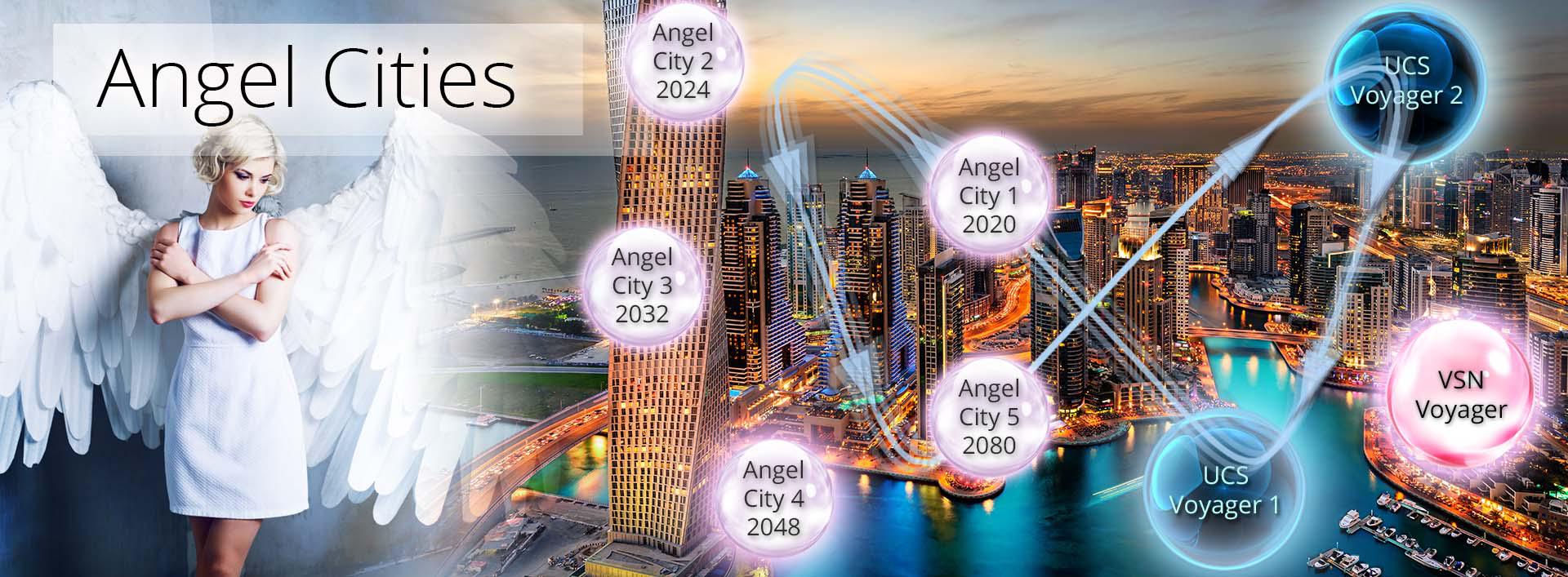
Angel Cities are 5 future simulations of the network from 2020 to 2080; first created as logistical support for UCS Voyagers, but have since become the key ingredient and the ‘why’ behind the entire project.
In terms of M-theory and its component quantum mechanics, we respect Professor Richard Feynman’s alternative histories (sum over histories/paths), which tells us that no unobserved system has a definite past or future.
“Quantum physics tells us that no matter how thorough our observations of the present, the (unobserved) past, like the future, is indefinite and exists only as a spectrum of possibilities.”
From ‘The Grand Design’ by Professors Stephen Hawking & Leonard Mlodinow
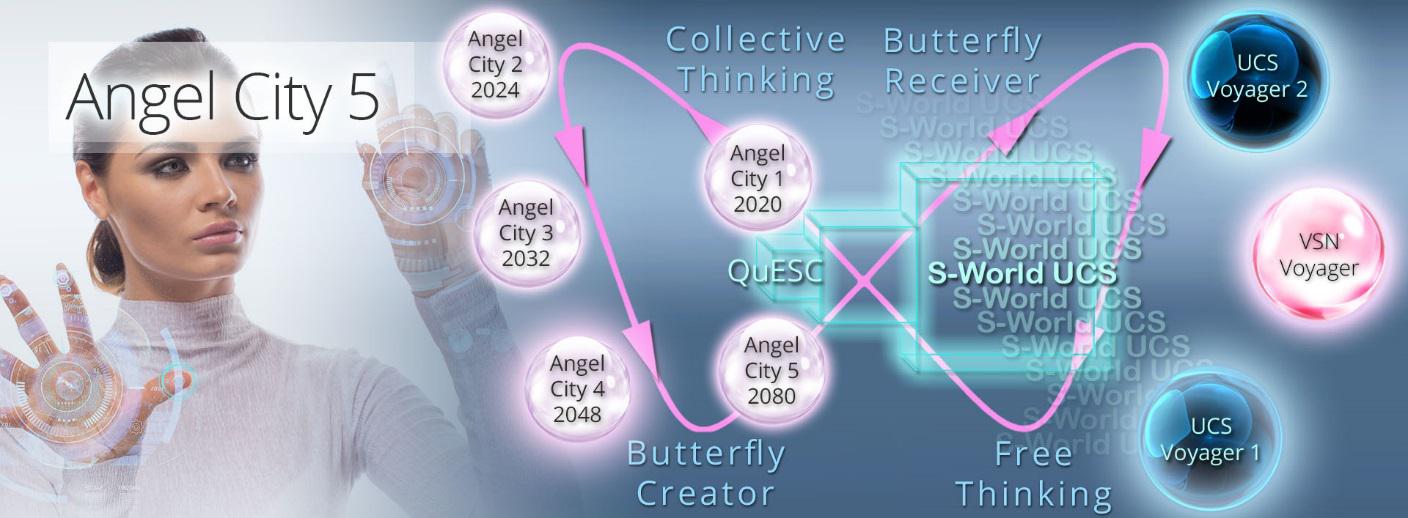
Shaping the Future
Set in the years 2048 and 2080, Angel Cities 4 and 5 are the nerve centre for the S-World network’s long-term ambitions, described as a set of ‘super projects.’ In this simulation, we work within the M-Systems framework to plan the best earth we can logistically create. And once the blueprint is set, we create paths back through Angel Cities 3, 2 and 1 so that each company, development, wonder and ‘special project’ that we wish to exist in 2048 and later 2080 has a definite history back from the future to our time.
Angel Cities are both locations of super-grand networks and times in the future; 2020, 2024, 2032, 2048 & 2080.
By planning our future in intricate detail and working in waves of probability back through the future Angel Cities, we can control our destiny.
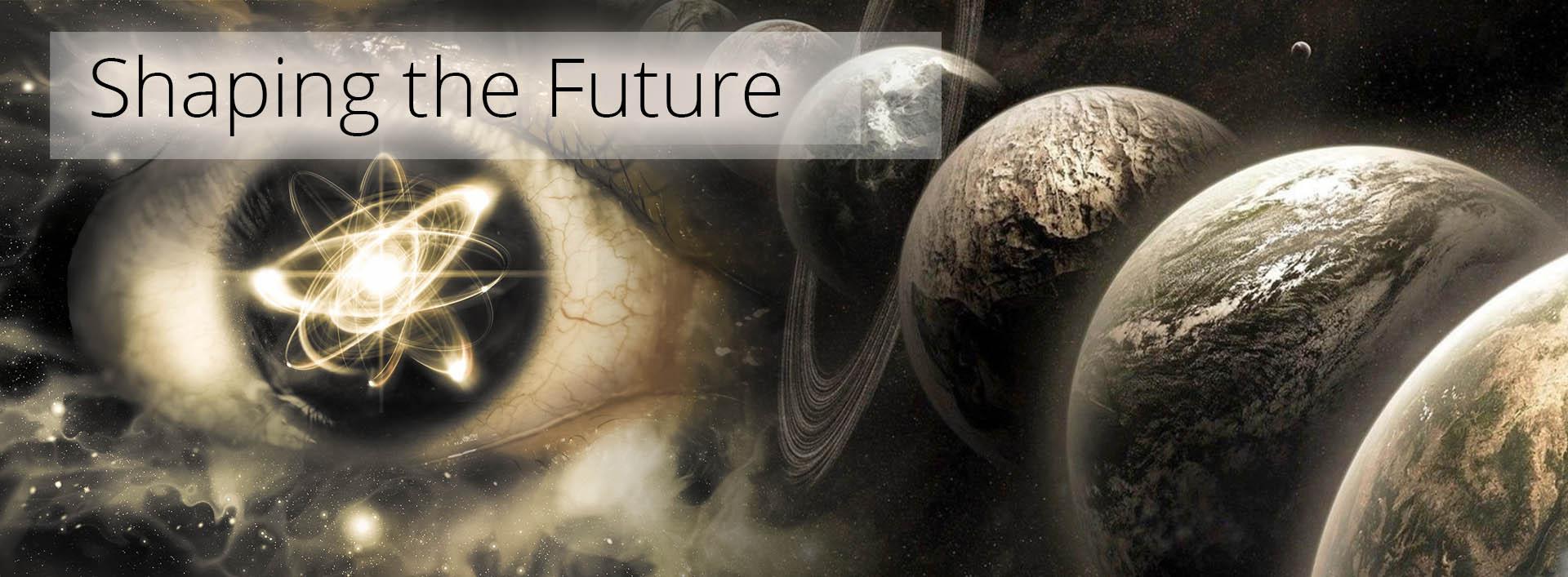
This future <> past relationship is in a constant superflux, but one thing is constant, our ambition: The set of ‘super projects’ that are to be achieved. In Game Theory and military strategy, they call it ‘Commander’s Intent’ (but instead of ‘take that hill, its ‘make them projects’), as commanders know that the best laid plans can quickly fall apart in battle. We must allow for every eventuality.
However, once enough strings and ripples have congregated, it gets easier. For example, the first of the 16 Super Projects: ‘Experience Africa’ is underway and has become entangled as Angel City 1.
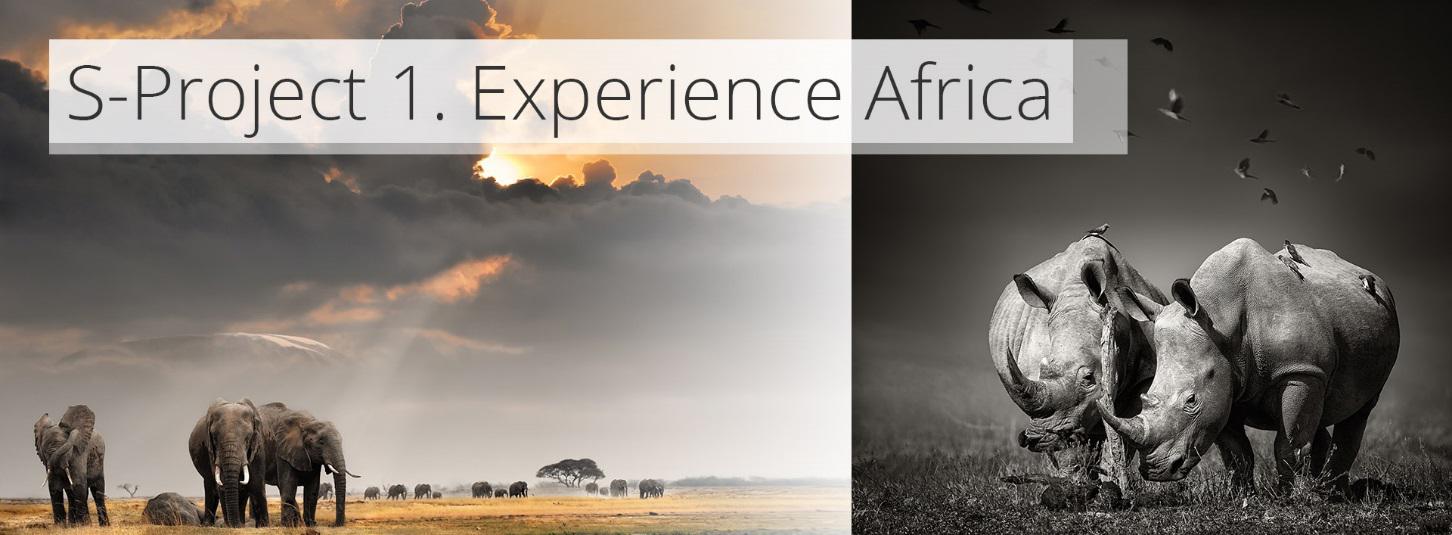
Angel City Project 1. Experience Africa is already underway, as the 20 unique and beneficial systems of Villa Secrets are set to create superior systems for the safari industry and thousands of related businesses; which by 2021 have the potential to provide game changing funding for the protection and conservation of Africa’s Elephants, Rhinos, Cheetahs, and other endangered animals.
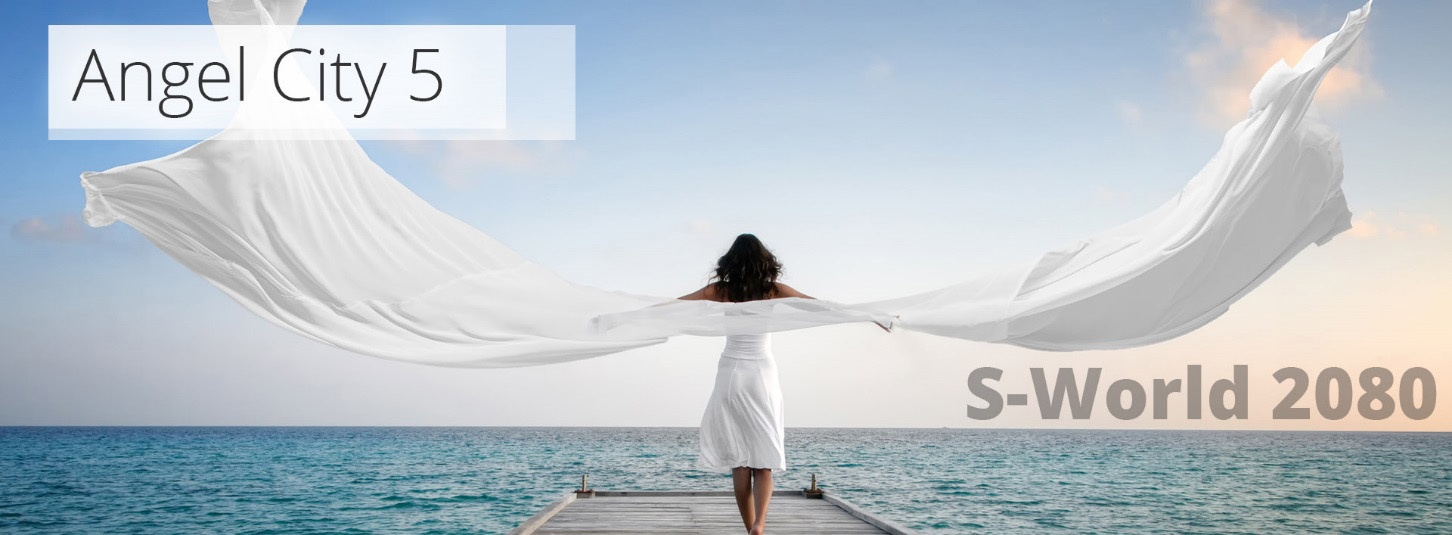
Angel City 5 Special Projects (to be completed by 2080)
The 16 Special Projects are a guide & starting point to be added to. I like the idea of there being 16 projects, as it is in keeping with the math. However, the projects should be broad topics that all other projects fall into.
Here are our choices:
1. Special Project 1. ‘Experience Africa’ Fights Ivory Poaching
2. Special Project 2. The Ecological Economy (builds the network ecologically)
3. Special Project 3. Advancing Human Potential
4. Special Project 4. Cities of Science
5. Special Project 5. Equality & The Poverty Gap
6. Special Project 6. Sienna’s Forests
7. Special Project 7. Global Cooling
8. Special Project 8. Universal Knowledge
9. Special Project 9. Spartan Contracts (Nongraduate opportunities)
10. Special Project 10. Global Healthcare
a. Special Project 10b. Limiting Antibiotics
11. Special Project 11. African Rain (Mass desalinization project)
12. Special Project 12. Their Oceans
13. Special Project 13. Middle Earth (Underground grand networks)
14. l Project 14. The Population Point
15. Special Project 15. The Spartan Theory (Peace in our time)
16. Special Project 16. Universal Colonization (and MARS Resort 1)
For more on special projects:
www.AngelTheory.com#SpecialProjects
Step 16. Relativity (Space, Time & Gravity)
Before we begin this final step, please note on the graphic below the question marks above and below Step 16. ‘Relativity.’
At the point of making the graphic (in August 2017), this step was in place for others to contribute to, as I knew little relativity and had nothing significant to add in terms of economic simulations.
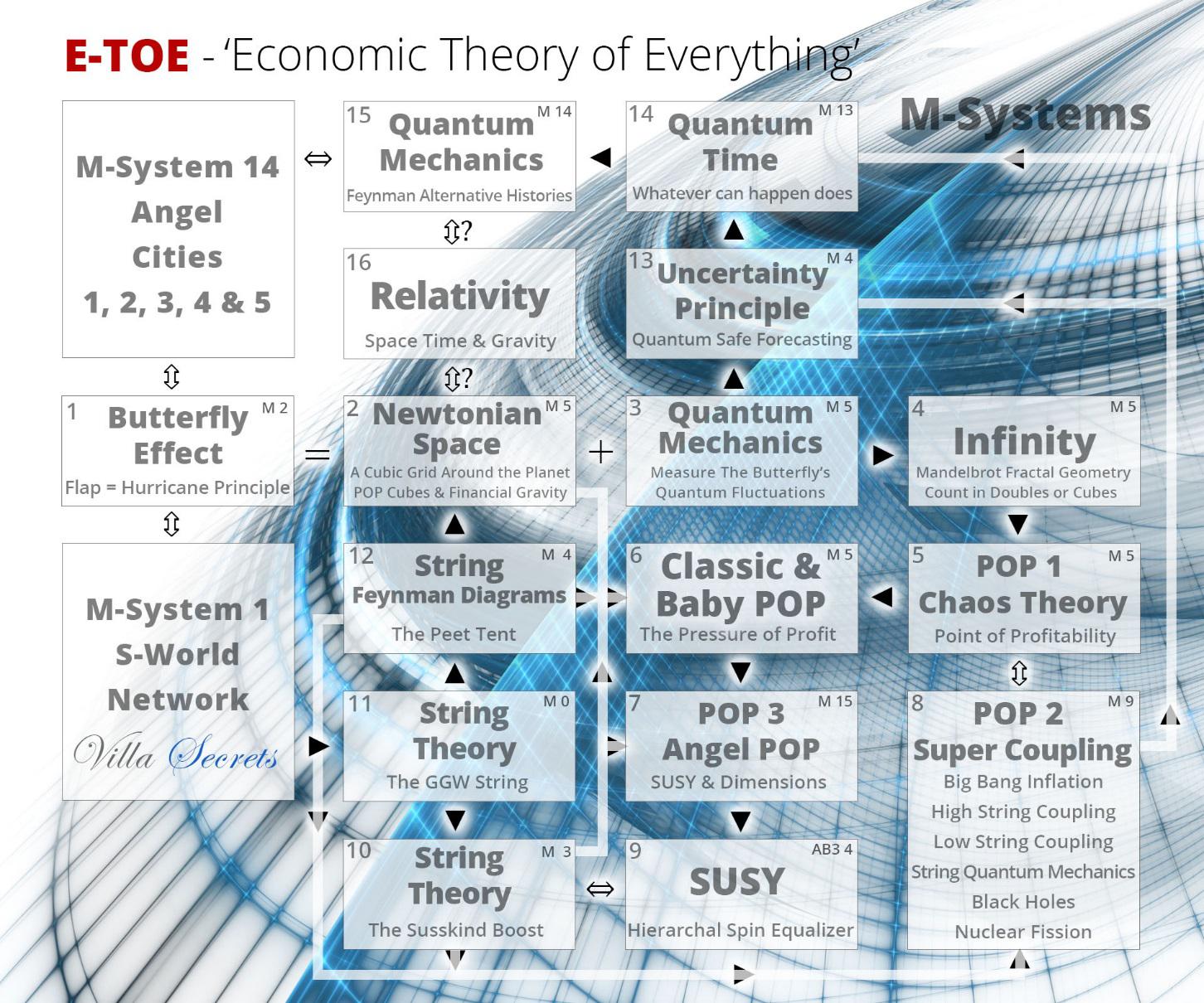
However, as it turned out, I found some time to study. And whilst we are only starting to add systems within the E-TOE, I think in terms of the idea that one can use qualities of M-theory to create an economic system in the first place are better made from relativity than any other perspective.
By creating a system inspired by quantum mechanics, string theory, supersymmetry and M-theory, it’s a testament to the accuracy of the simulation when just like Professor Edward Witten tells, out pops general relativity for free.
Albeit, in our case, special relativity popped out for free.
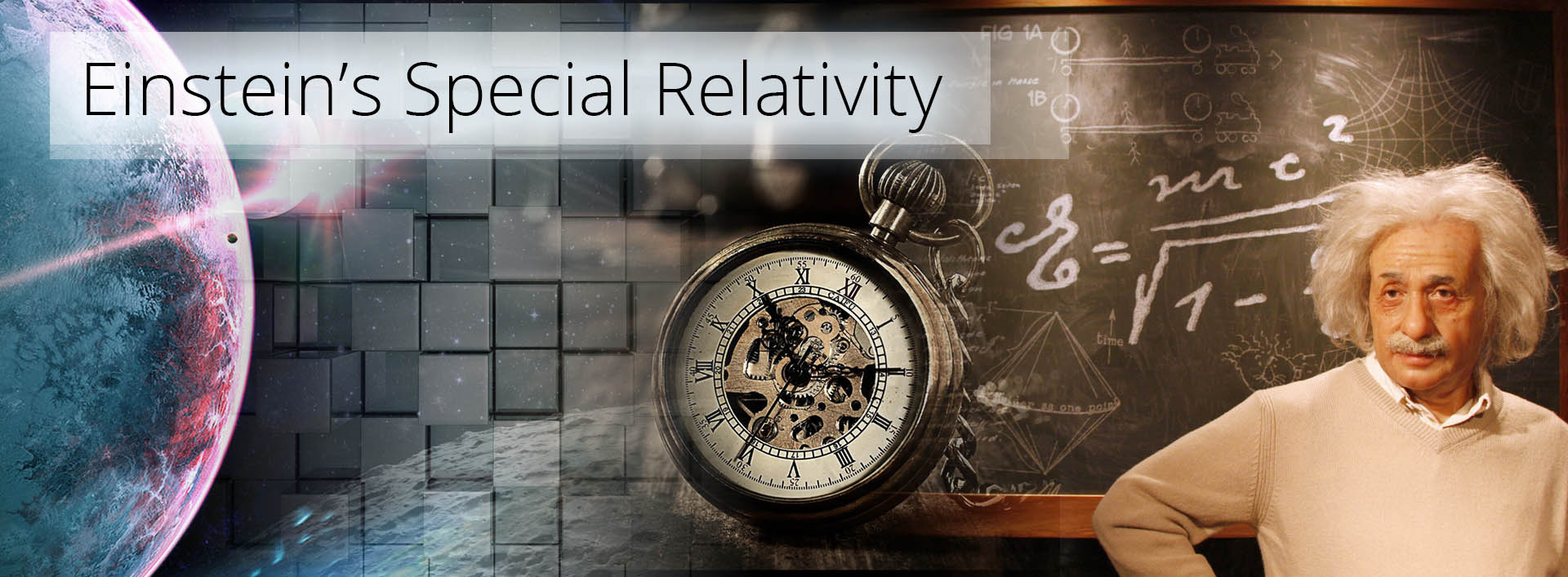
Step 16 Part 1. Einstein’s Theory of Special Relativity (1905)
In 1905, Einstein proposed his theory of special relativity and the idea that time and space are two sides of the same coin, which when pictured mentally could be visualised in a similar fashion to the original cubic grid around the butterfly from E-TOE Steps 1, 2 & 3 from the summer of 2011.
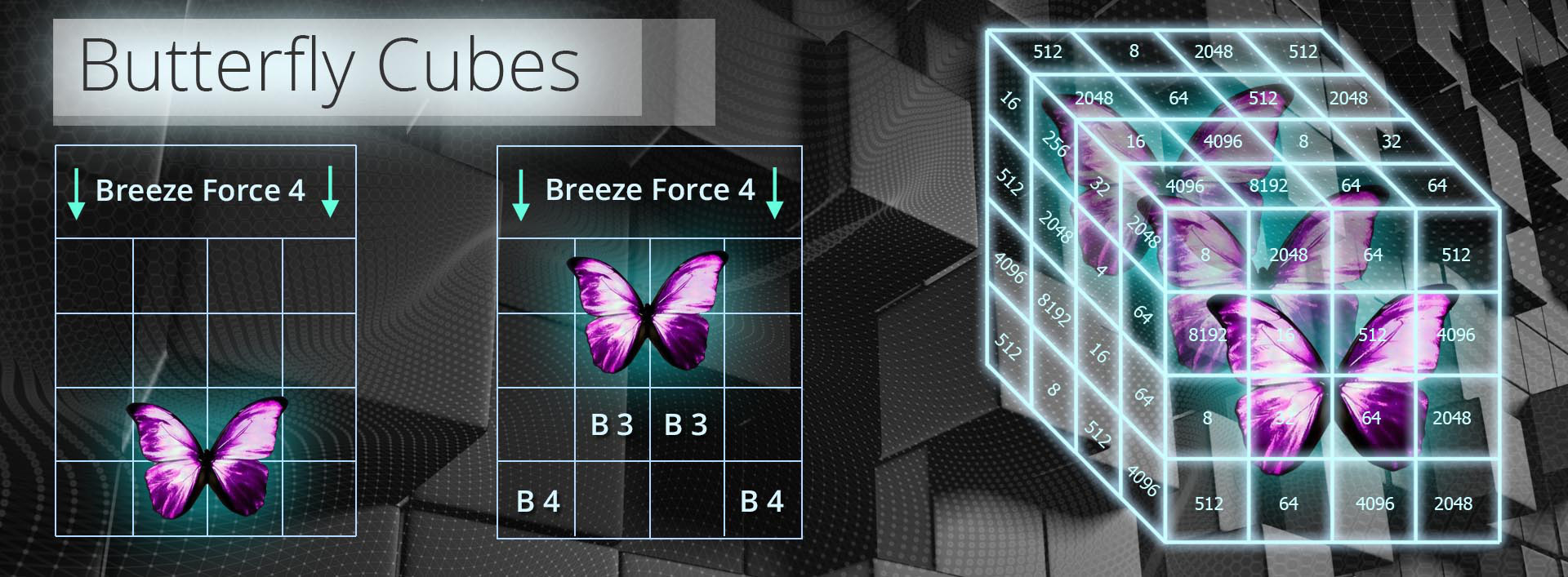
Despite no definite plan, Angel Theory’s M-Systems are brimming with special relativity; as, at the heart of special relativity, ‘time and space are the same and interchangeable
Starting with Time…
In the past 2 Quantum steps, we have seen ‘time.’
In Step 14, we create a virtual copy of our business network and pushed it forward in time, and let business benefit from the foresight back in real time, creating economic time travel.
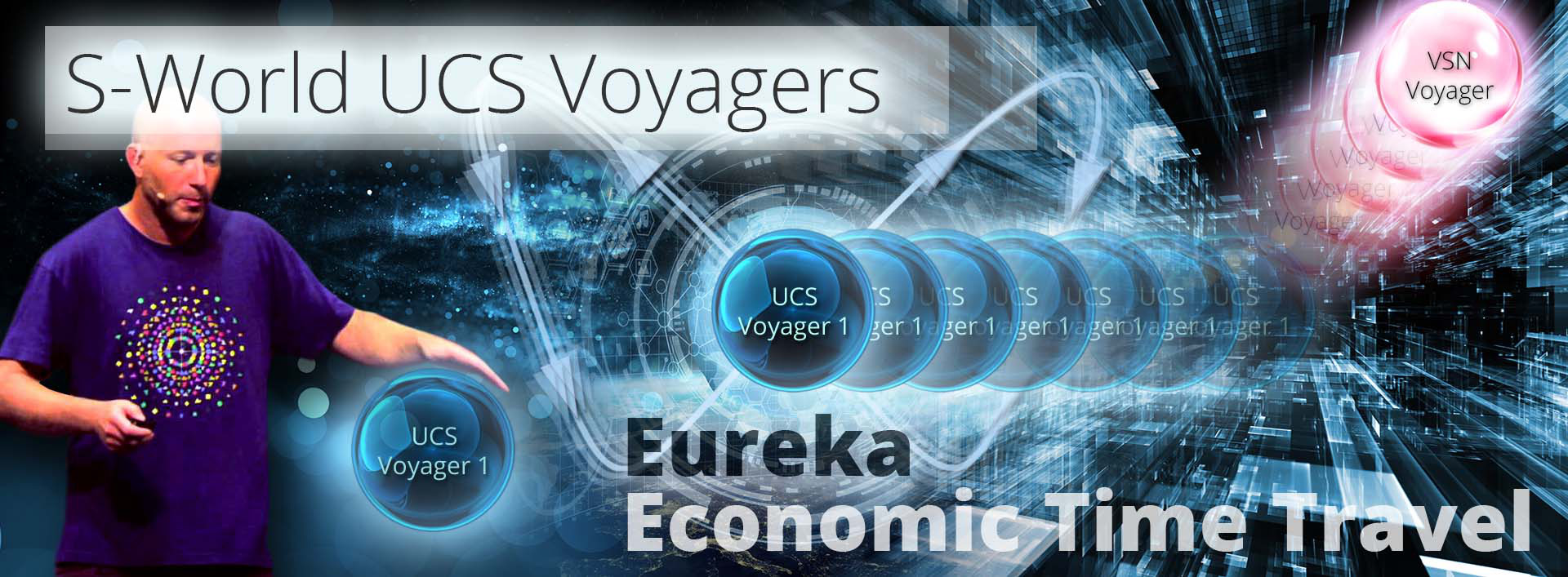
Then in Step 15. ‘Angel Cities,’ we create 5 points in the future (2020, 2024, 2032, 2048 & 2080) where after the billions of opportunities and even more ripple effects are created (back and forth from 2080 to 2020) that govern the development of the network and our ecological economy.
Via S-World UCS Voyagers and Angel Cities, we make very precise and incredibly flexible plans to creating the Utopian Angel City 5 (2080) idea of a perfect future.
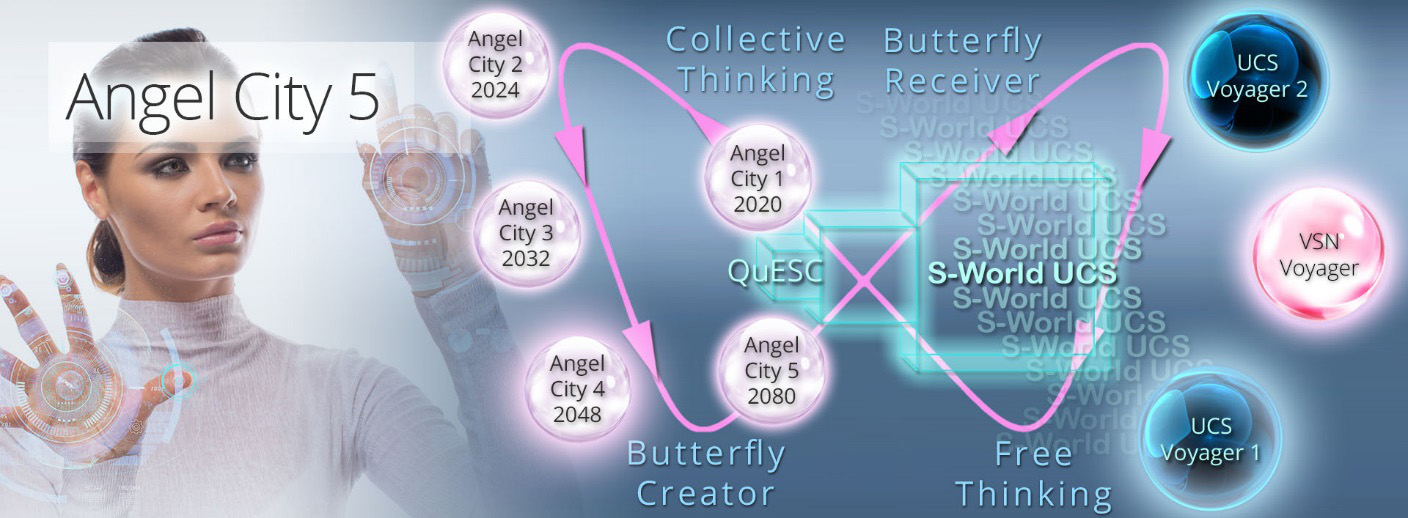
Collectively, Steps 14 and 15 works with the rest of the M-Systems to shape our future per Isaac Asimov’s prescription, that was so pivotal to the development of the network/system back in 2011.
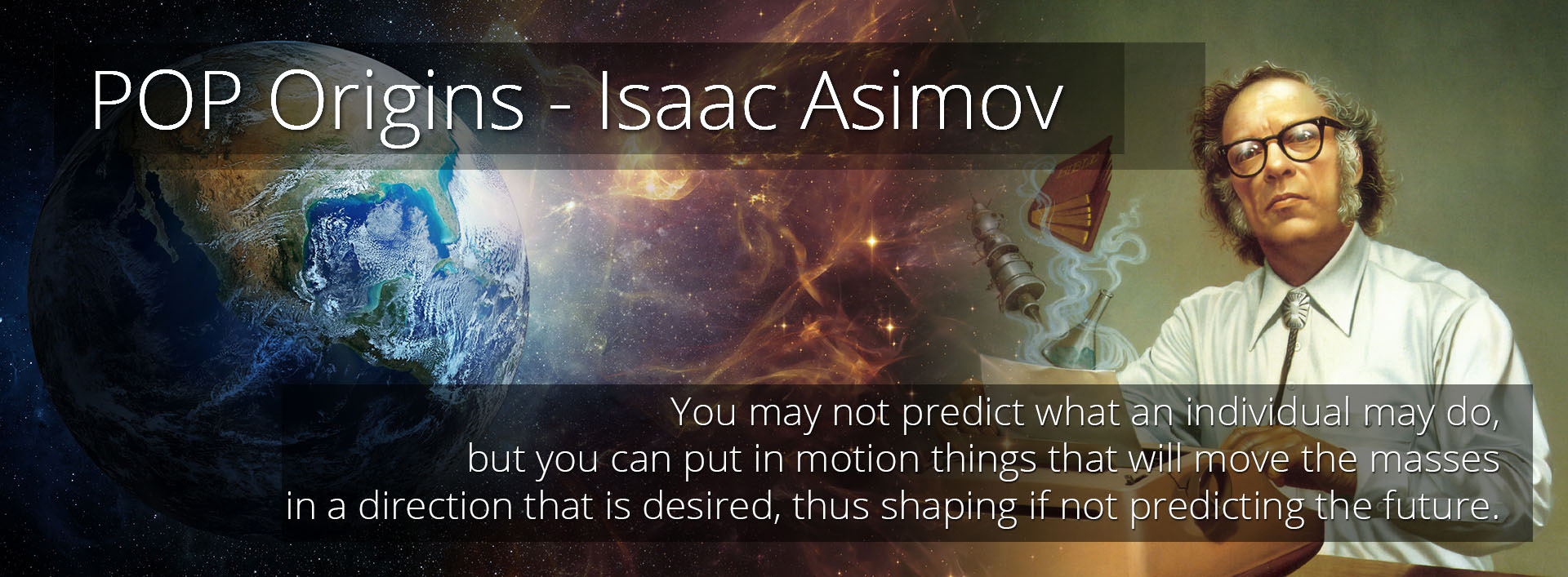
By Isaac Asimov In his words:
“You may not predict what an individual may do, but you can put in motion things that will move the masses in a direction that is desired, thus shaping if not predicting the future.”
This in 2017 is now the purpose of S-World, Angel Theory, M-Systems, and the E-TOE
Next, we add Space

For space, we have an abundance of systems, as the POP cubes (Steps 1 to 6) create (a predicable underlying) financial gravity.
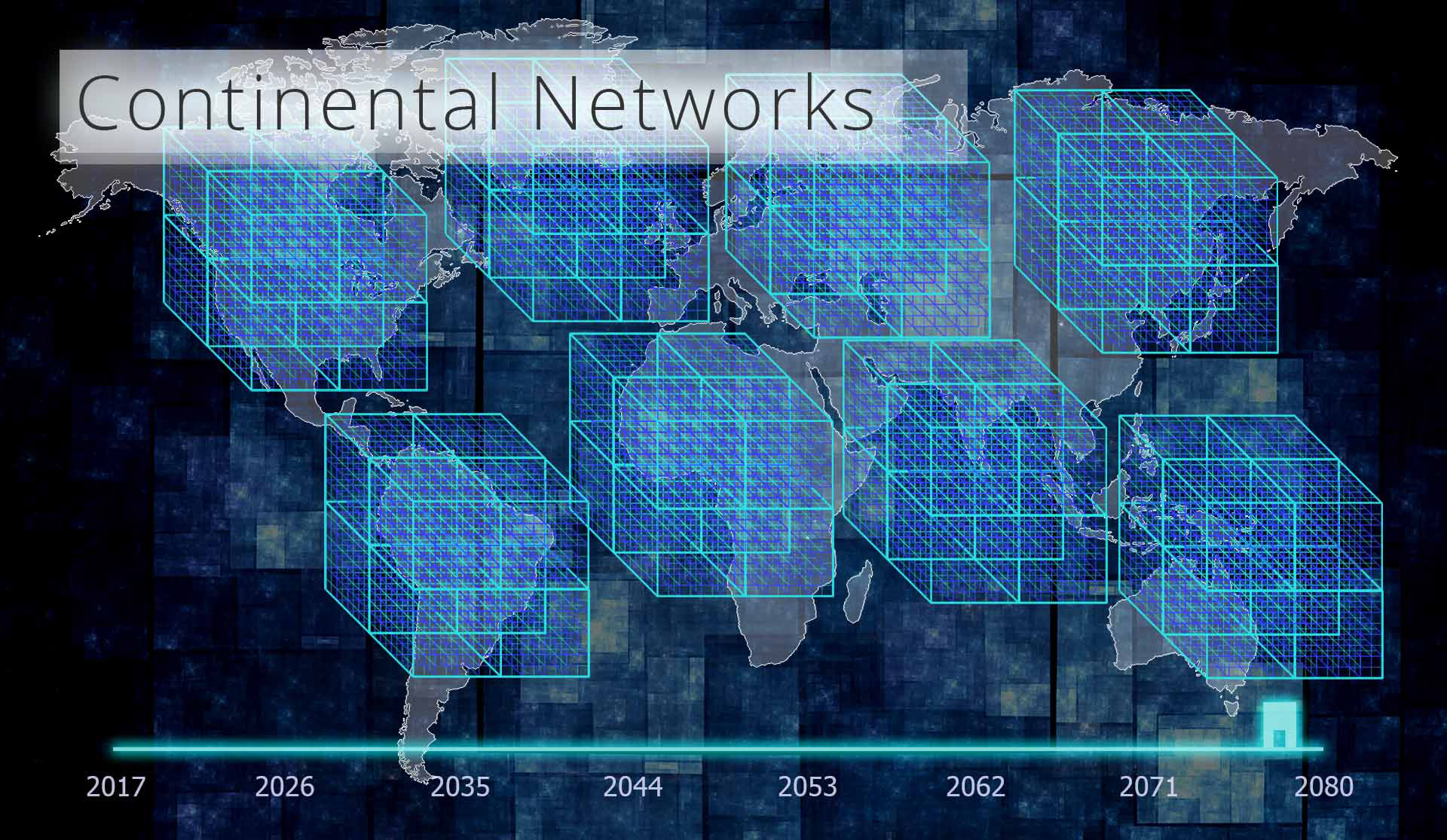
Put the two together and we have space-time.
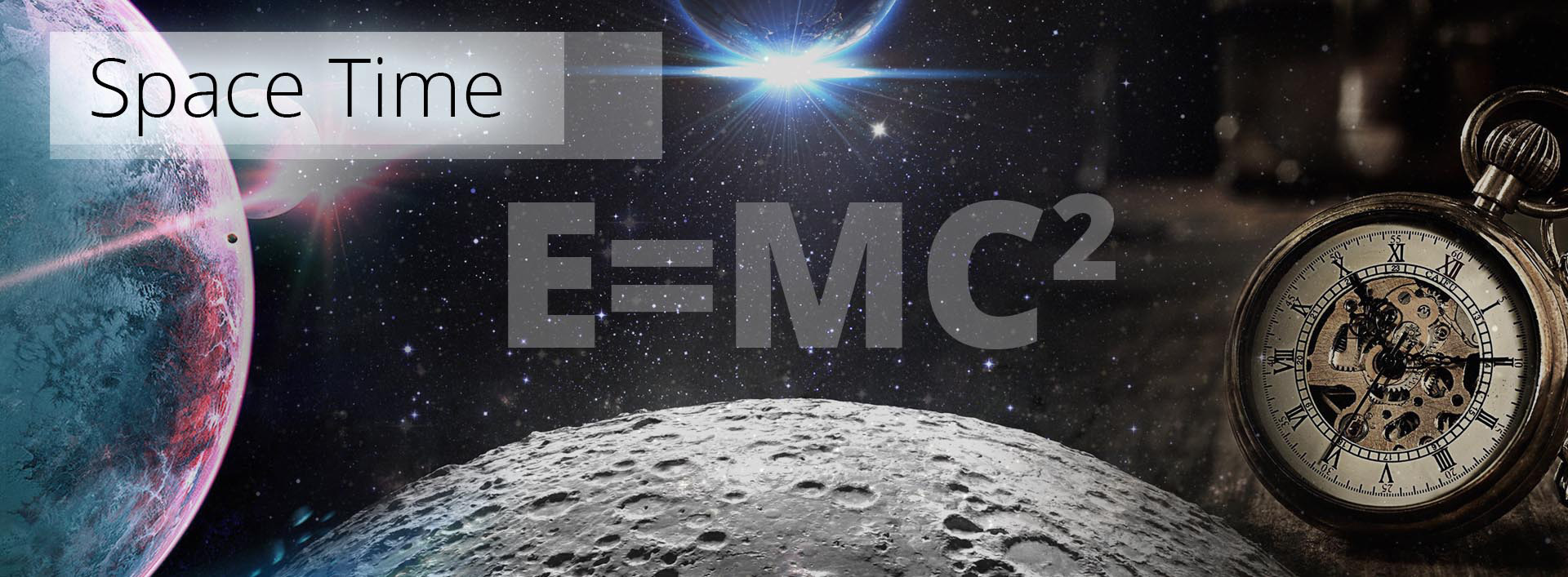
In terms of special relativity and our time and space being interchangeable, this is our purpose, we wish to create a future prediction, and then guide our ourselves to that future, at which point in time our Angel Cities predictions (our time) and our financial gravity (our space) become one.
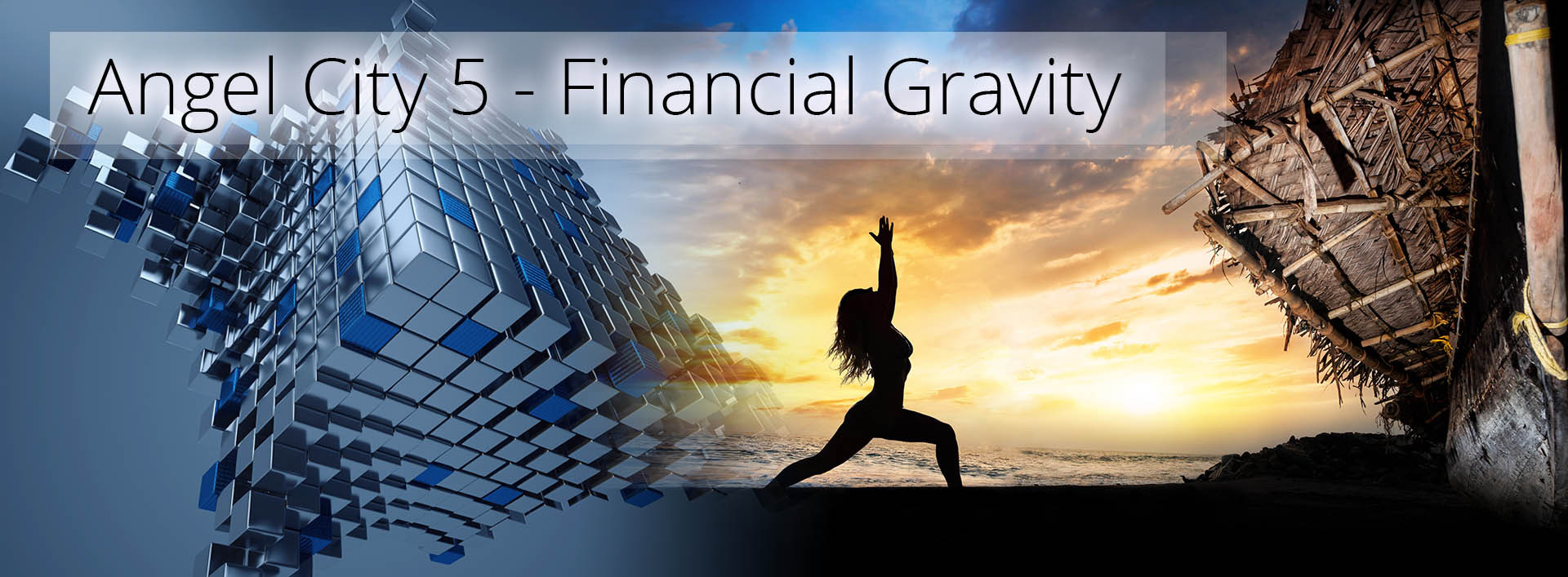
Step 16. Part 2: Einstein’s General Relativity
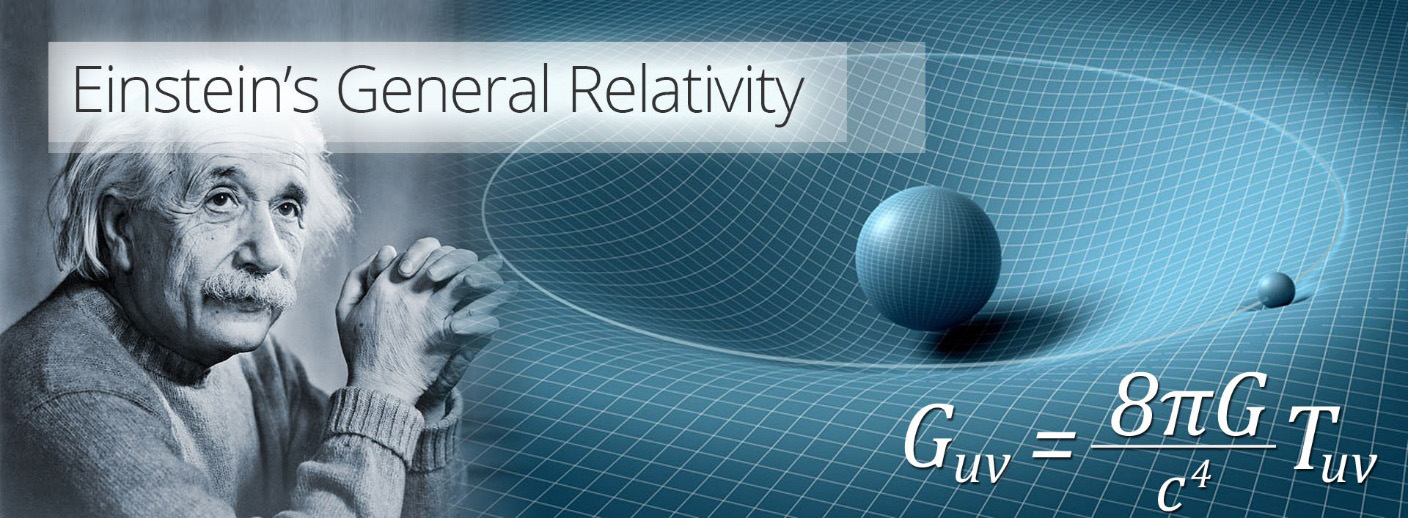
Put simply, Einstein’s theory of general relativity throws away the Newtonian picture of gravity where all objects are attracted to each other, and in its place, presents the idea that gravity is the result of the geometry of existing within a curved space time.
The earth is not attracted to the Sun, instead, the Sun has warped space-time, and the earth is simply moving in a straight line around the warp in space-time created by the sun.
Not unlike placing a heavy bowling ball in the middle of a large trampoline and rolling a marble forward and see it orbit the bowling ball.
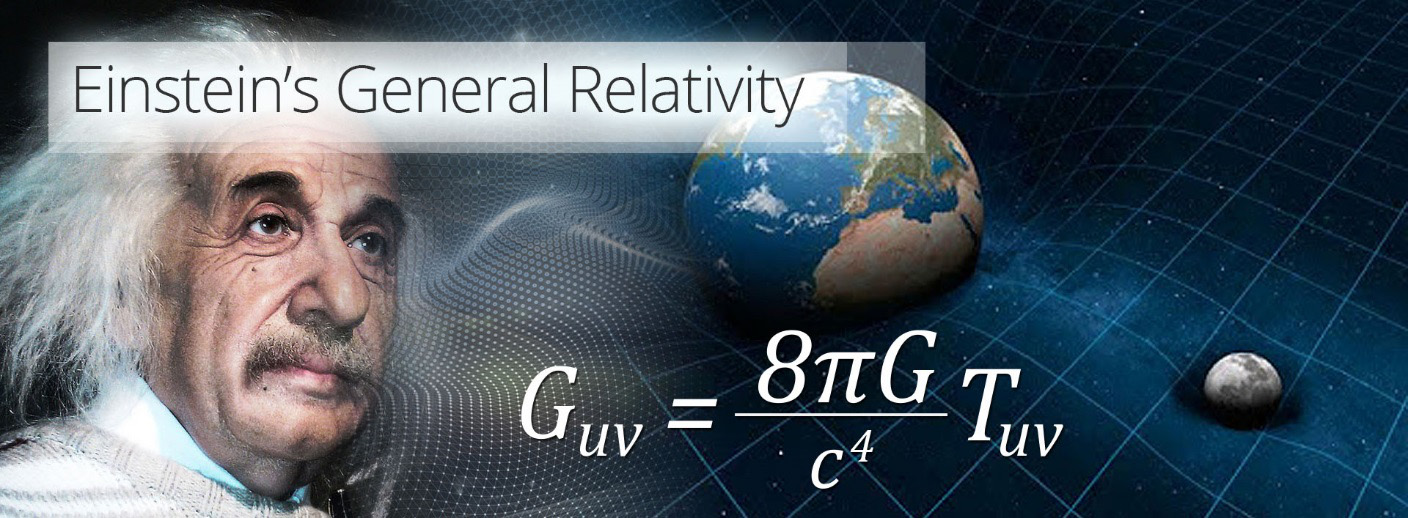
Whilst technically general relativity has proved Newton’s work as not perfect, general relativity only makes a difference at points of high gravity.
For instance, Newton’s equations are all that is needed to land a man or woman on the Moon or Mars. But become slightly inaccurate when it comes to measuring the orbit of the planet Mercury (the planet nearest the sun), and become wholly inaccurate if one were to attempt to measure the gravity of a black hole, a wormhole, or go back to the beginning of time to the big bang.
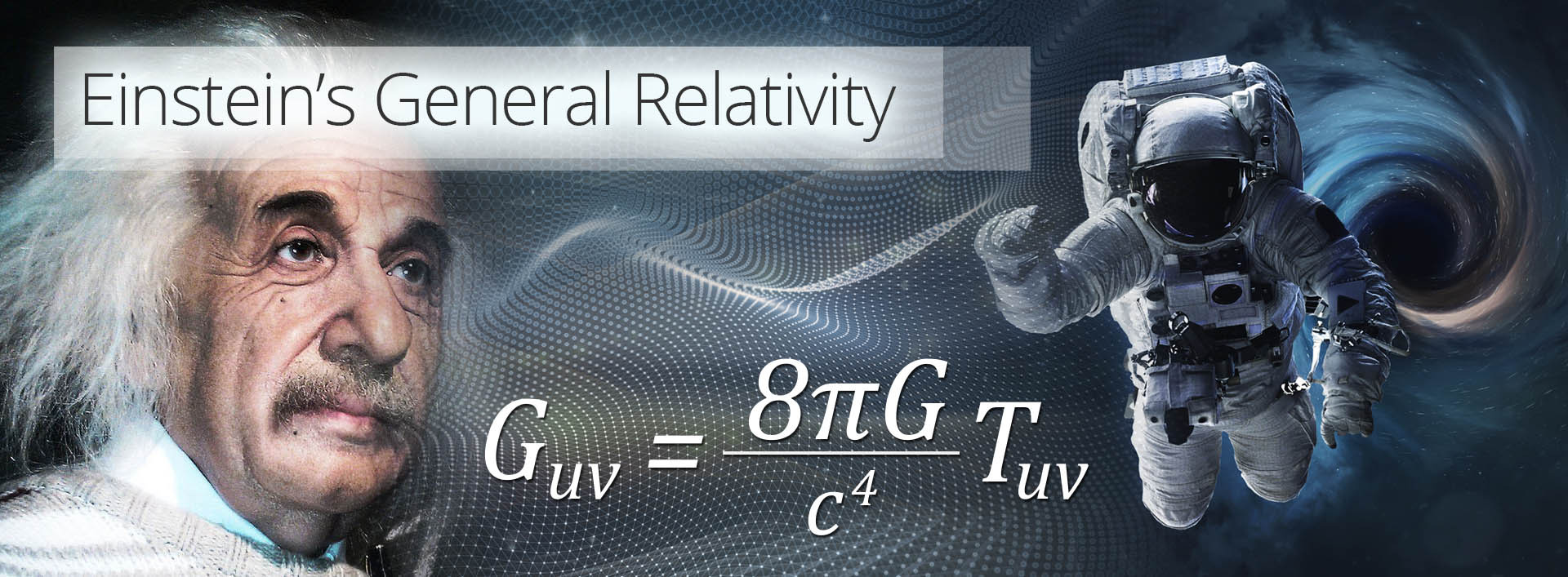
“Einstein’s field equation (see above) uses ‘super-compacted notation’ so, like Dr Who’s Tardis, it is bigger on the inside than on the outside. The left-hand side of the equation is in fact a 4 by 4 table of numbers known as the Einstein curvature tensor, which summarises the curvature of space-time. The right-hand side is another 4 by 4 known as the stress energy tensor, which summarises the sources of gravity.
That Einstein’s equations contain 4 times 4 tables of numbers means that there are actually 16 equations.”
From ‘The Ascent of Gravity’ by Marcus Chown.
That there are 16 equations is an interesting observation for the future. For now the influence on M-Systems from general relativity is that the universe does not sit in a framework of perfect cubes, spacetime is contorted and stretched.
And we shall mimic as follows… Instead of growing evenly (which is the quality of M-System 15. Angel POP), we need to accelerate the locations in abject poverty relative to the richer countries, whilst still making sure richer countries are stable and growing nicely.

Picture a landscape with mountains and valleys; where the mountains represent rich areas and the valleys represent areas of abject poverty. This can become an alternate view of the Global Network Cube. The objective is to grow the mountains and eliminate the valleys, and in general smooth everything out. By 2080 still leaving an uneven landscape with big mountains; but in place of the valleys lie flat areas and hills in some cases, and a much more fare and even economy. Indeed, we can say that general relativity is the flagship of Special Project 5. Equality & The Poverty Gap.
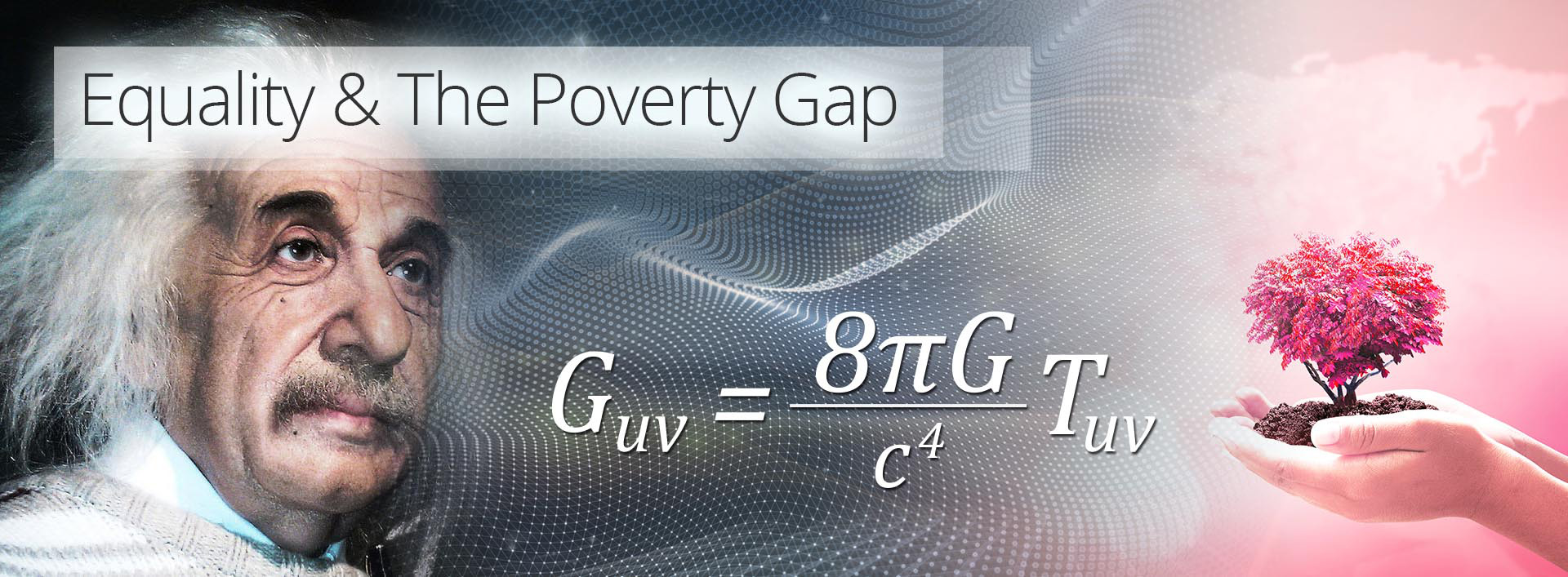
In terms of creating M-Systems, that’s all we have so far for Relativity, and whilst there has not been a specific system that generates more money, we have found ways to look and grow the network differently. We have given more relevance to some systems and, most importantly, I feel we are nicely primed for others to contribute, as it seems we are on the verge of something very exciting popping out of our M-theory simulated economy.
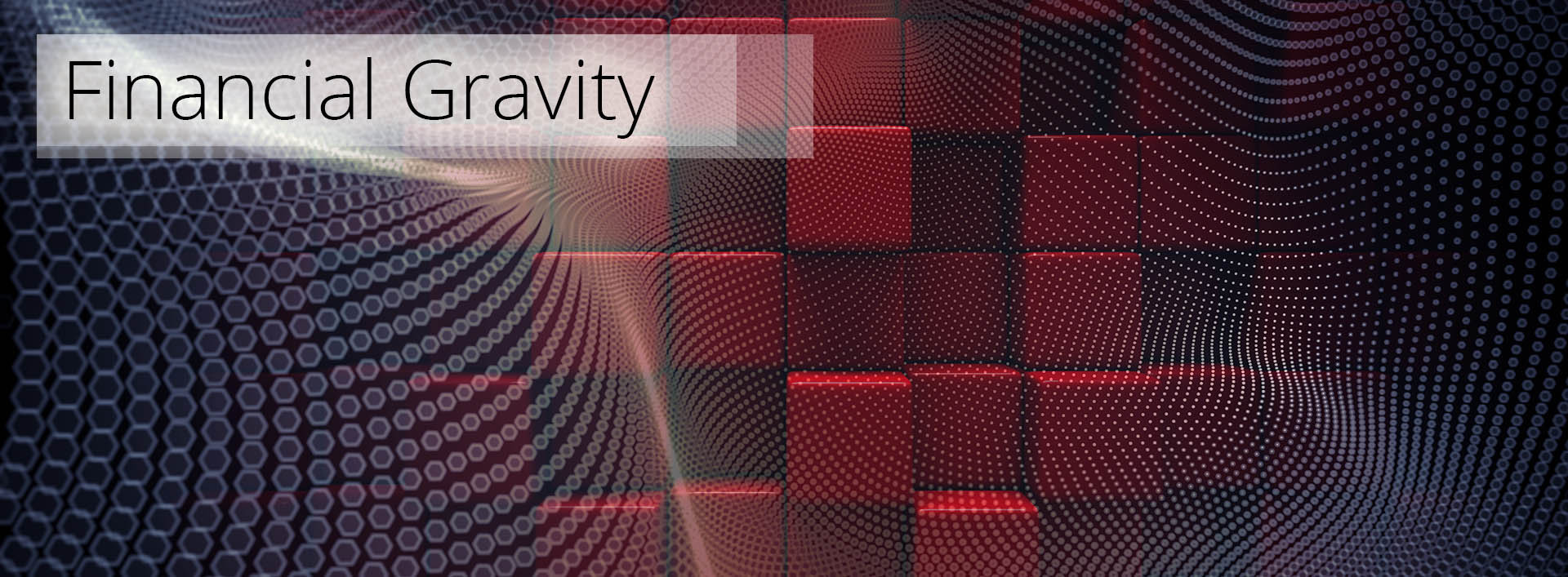
And whilst it is very early days for ‘relativity’ within this simulation, the fact that space time popped out; as soon as we added the quantum time elements is interesting in itself, as it is a step towards Einstein’s Theory of General Relativity popping out of M-theory per Professor Edward Witten’s observation:
“If Einstein had never discovered relativity, it may have been discovered as a by-product of string theory. General relativity, in some sense, is for free.”
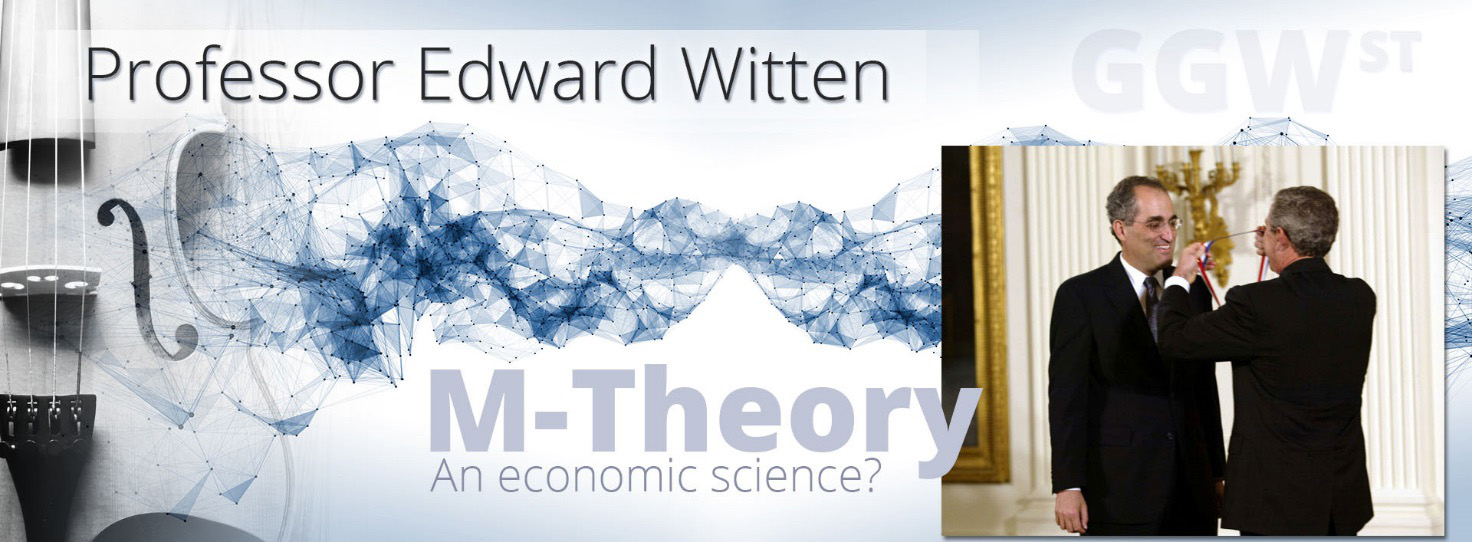
Professor Edward Witten
Winner of the Fields Medal
Charles Simonyi Professor at Princeton University
Since creating the original 16 step E-TOE graphic, a 17th step inspired by Professor Hawking has now been simulated and called Financial Equivalence, but it’s not quite ready for presentation just yet.
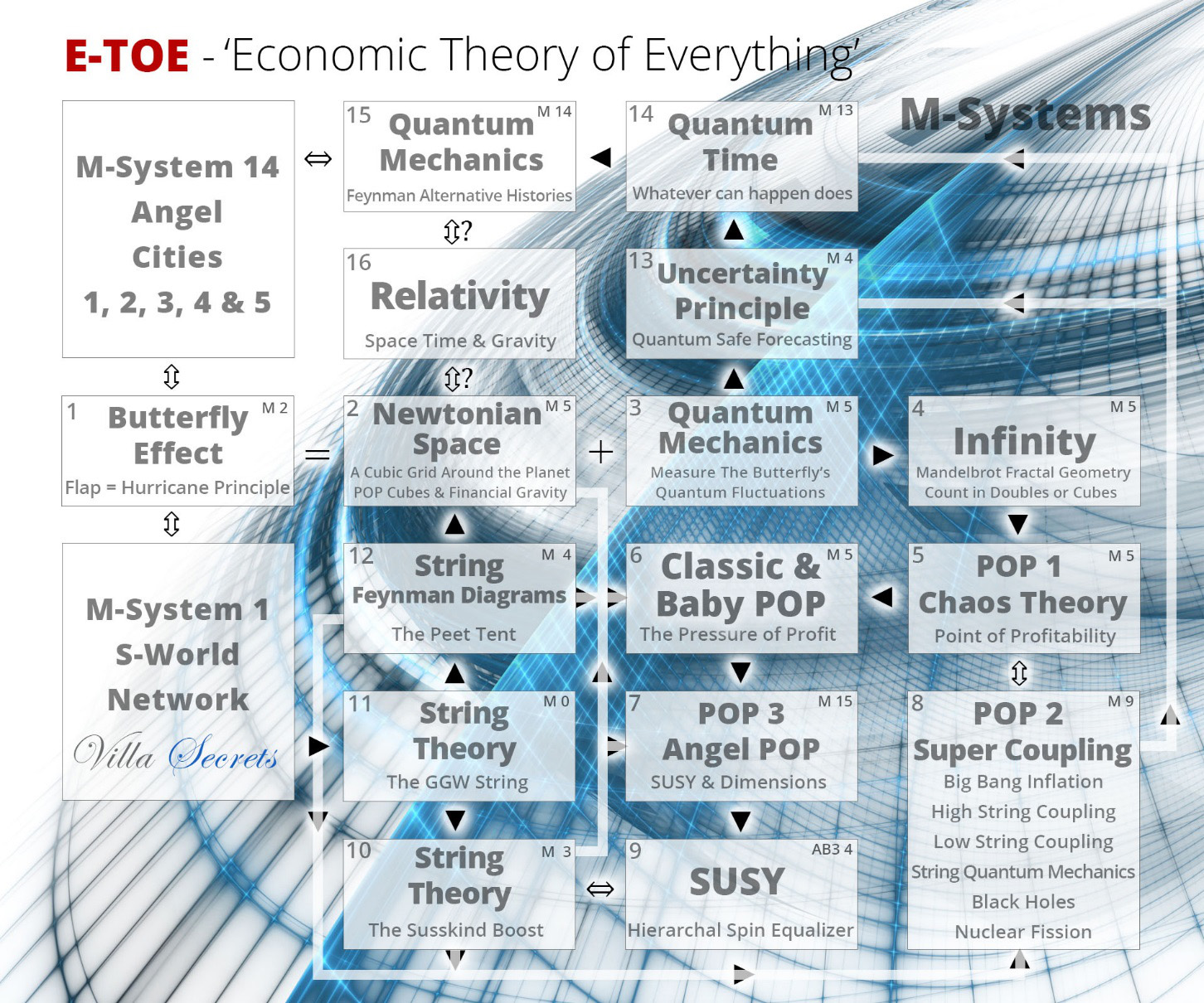
To conclude, for now, I shall leave with a few pertinent quotes from Professor Hawking and Dr Giovanni Amelino-Camelia.
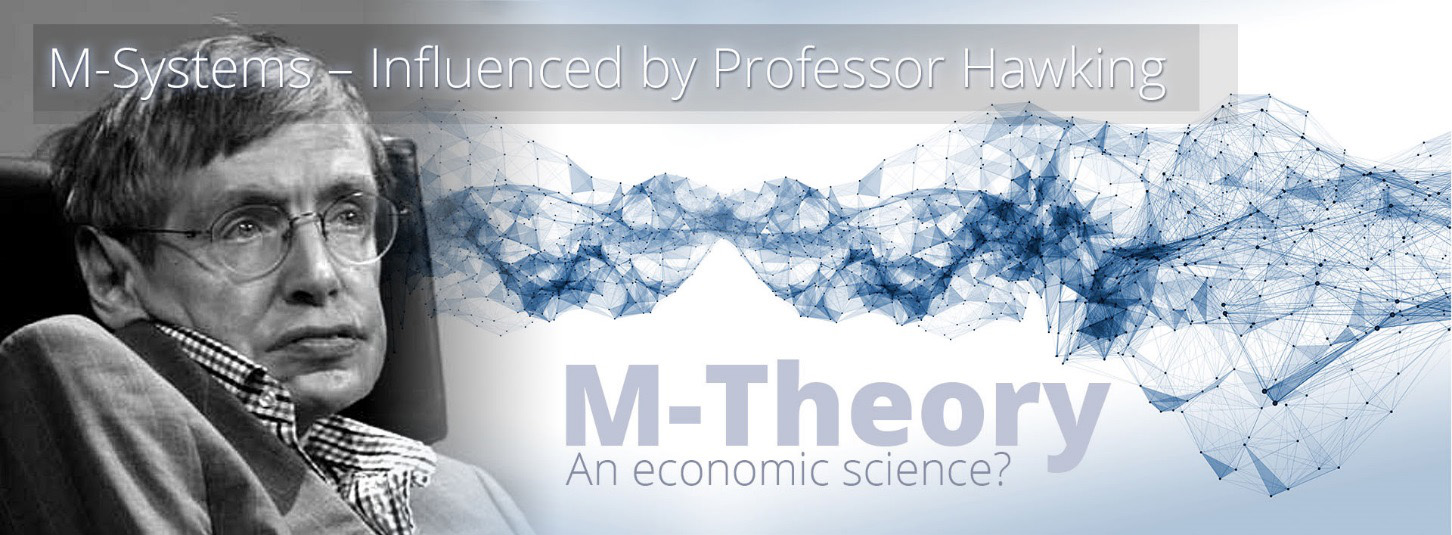
“The laws of nature are meant to economically compress a number of particular cases into one simple formula.”
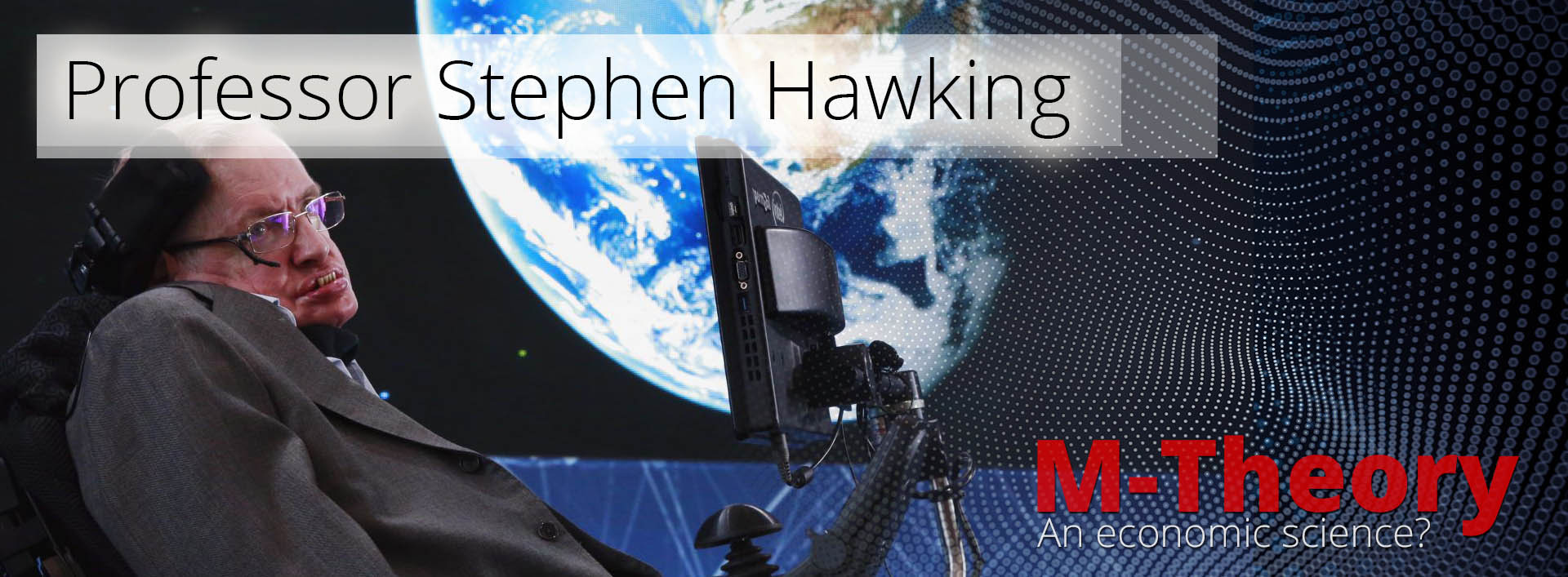
“If we do discover a complete theory, it should in time be understandable in broad principle by everyone, not just a few scientists.”
And when that happens, all of us will be able to discuss the why rather than the how.
Professor Stephen Hawking (paraphrased)
The Hawking-Camelia Paradox,
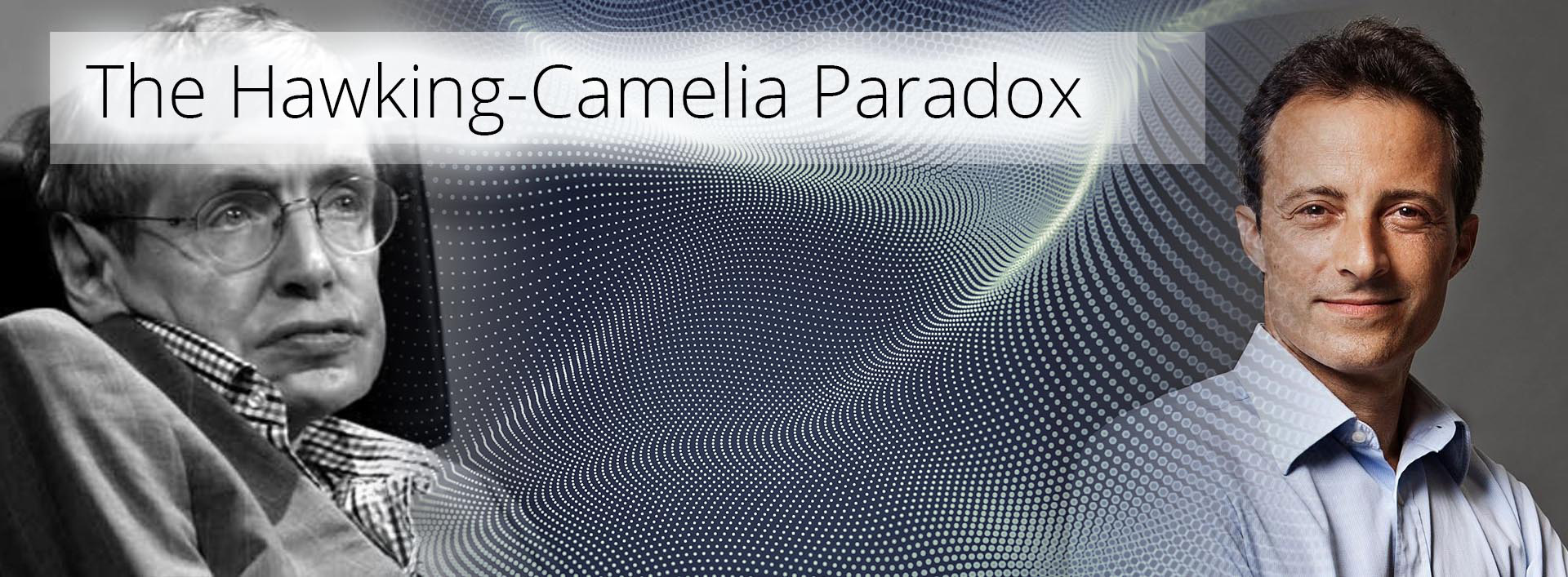
“I don’t believe that the ultimate theory will come by steady work along existing lines. We need something new.”
Professor Stephen Hawking
“When you’re stuck chasing a certain answer, you often discover that all it took to find the answer was to look at the same problem from a different angle.”
Dr Giovanni Amelino-Camelia
The paradox is that by looking for something new for m-theory and relativity in physics, one may miss the ‘something new’ altogether. And that the different angle can be that we can use M-theory to create a new math and science based economics, from which a whole array of possibilities is born.
At the end of the day, we say economics, but really we just mean ‘money’ and that’s something just about everyone in the world thinks about and wants more of.
And by relating to money, we can open up this m-theory discussion to the whole world. But first we ask the world’s leading M-theory physicists to consider based on our presentation:
M-Theory an Economic Science?
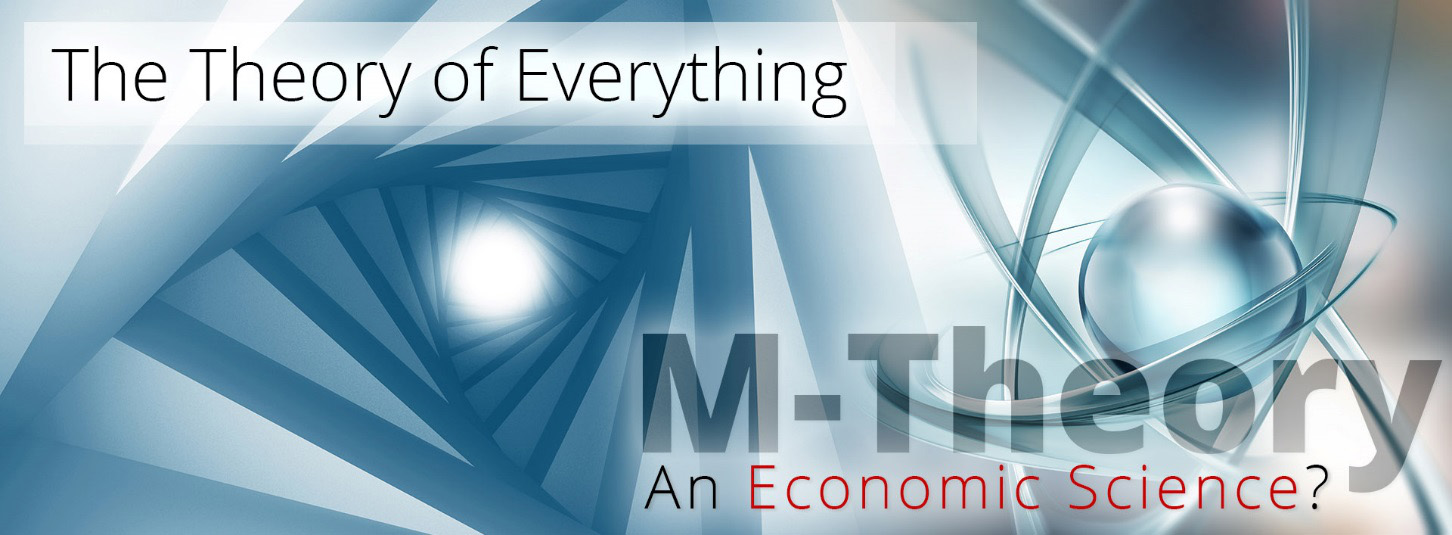













Leave a Reply
Want to join the discussion?Feel free to contribute!